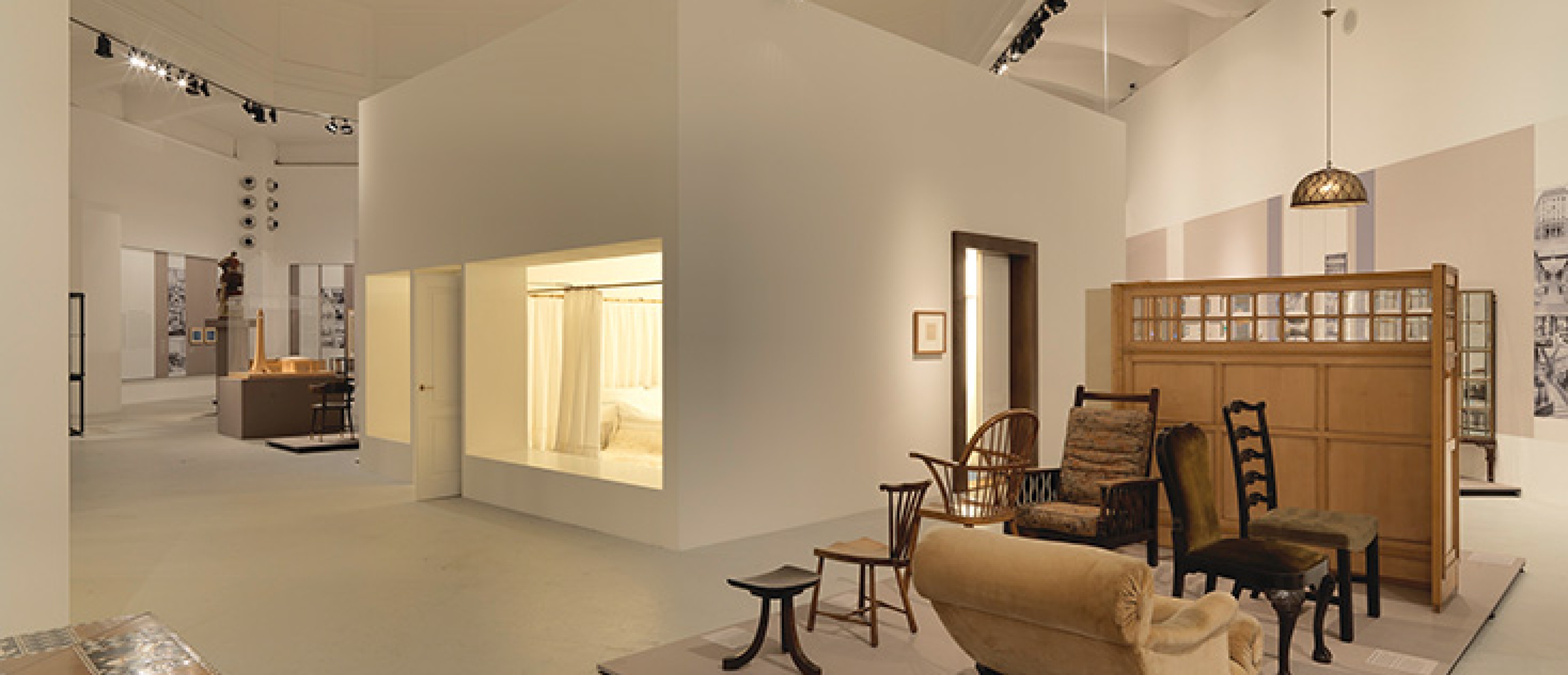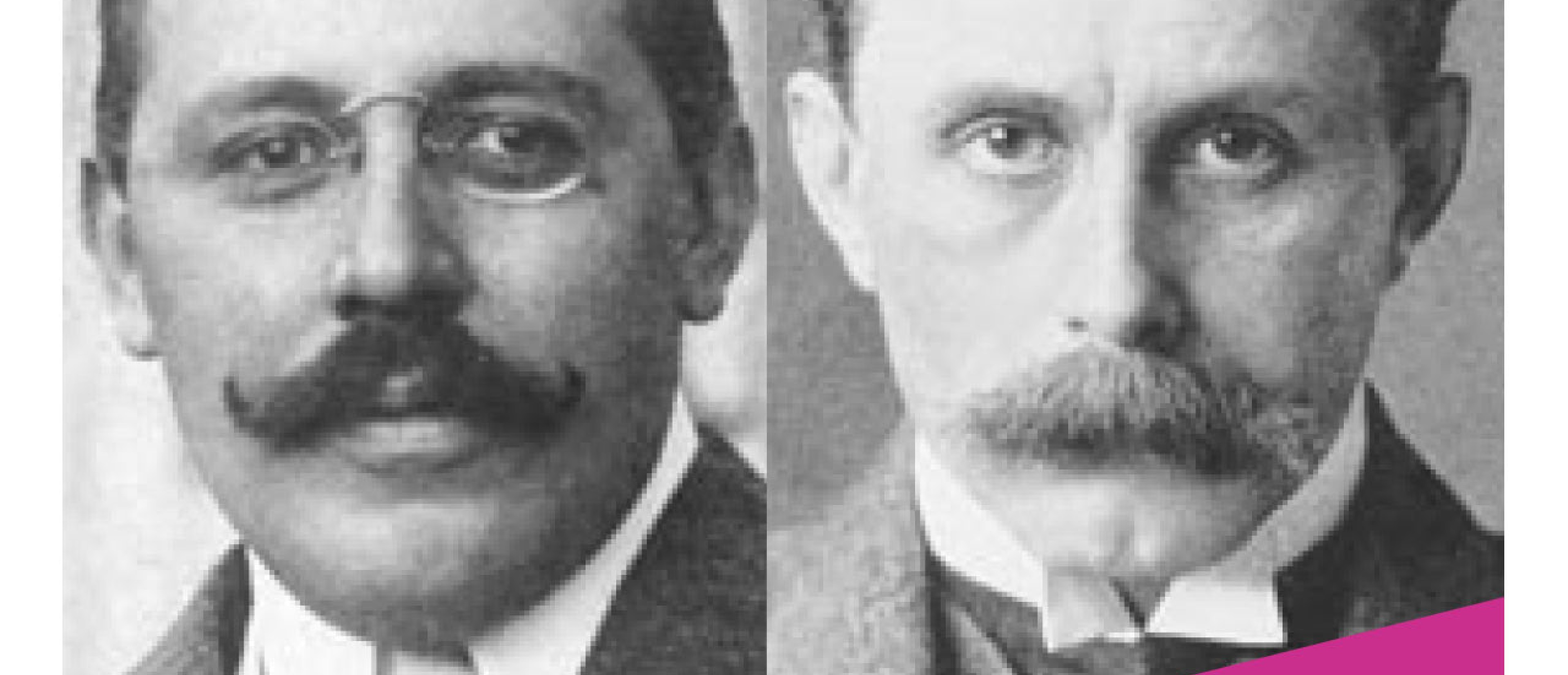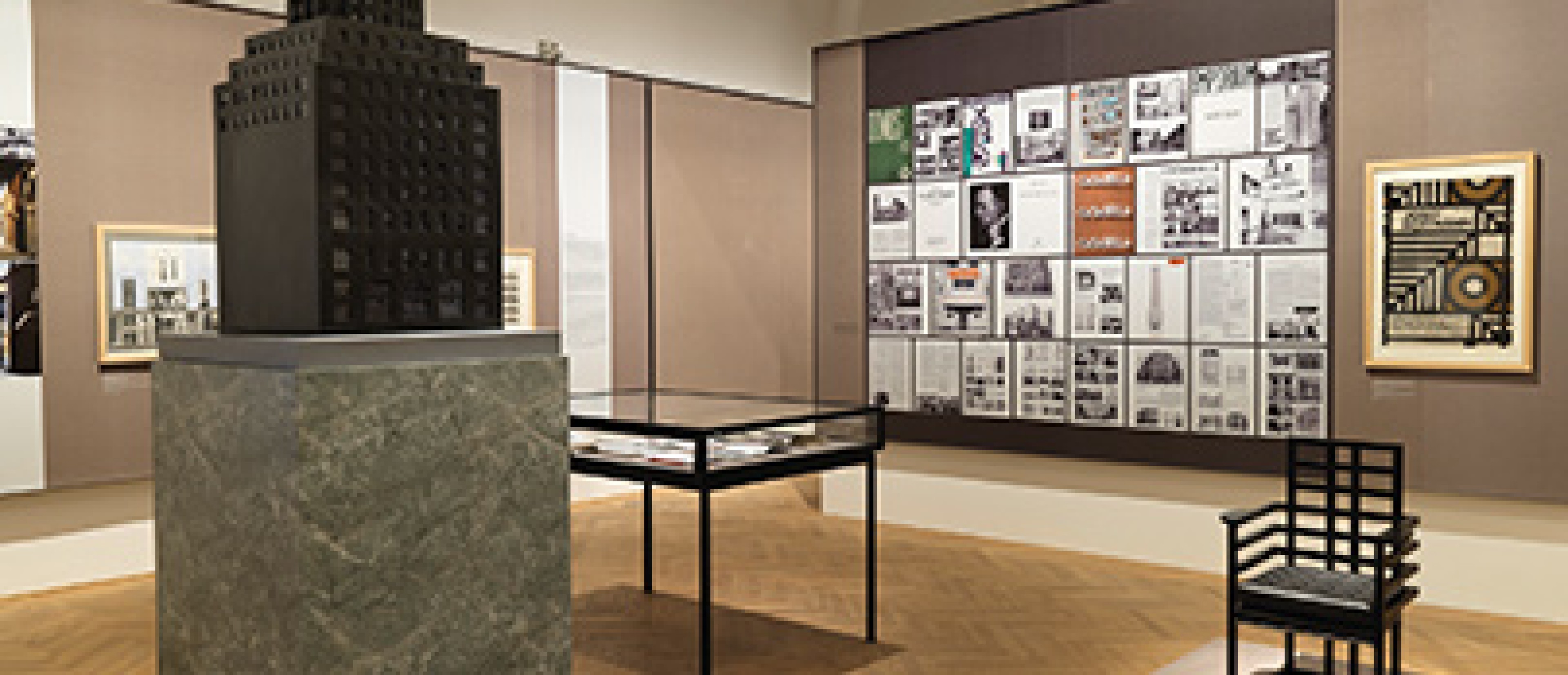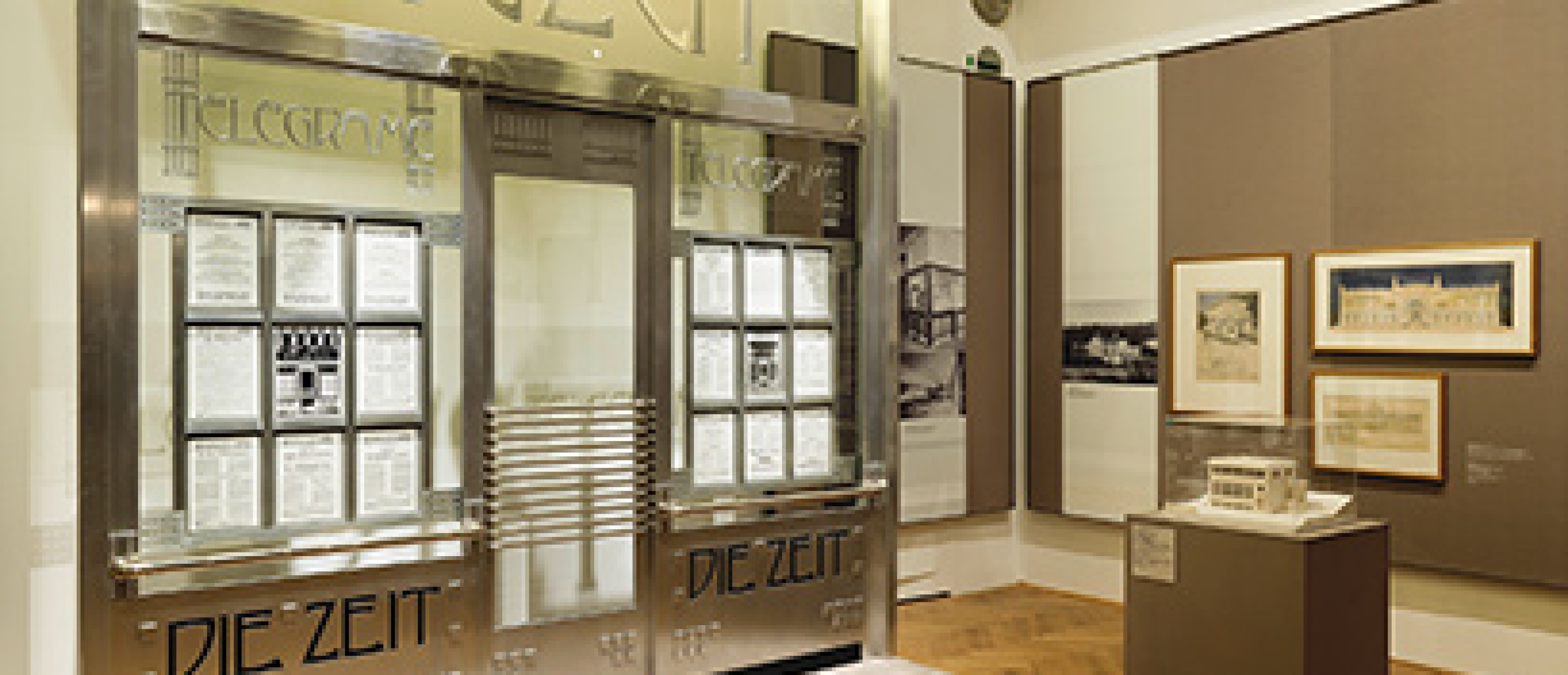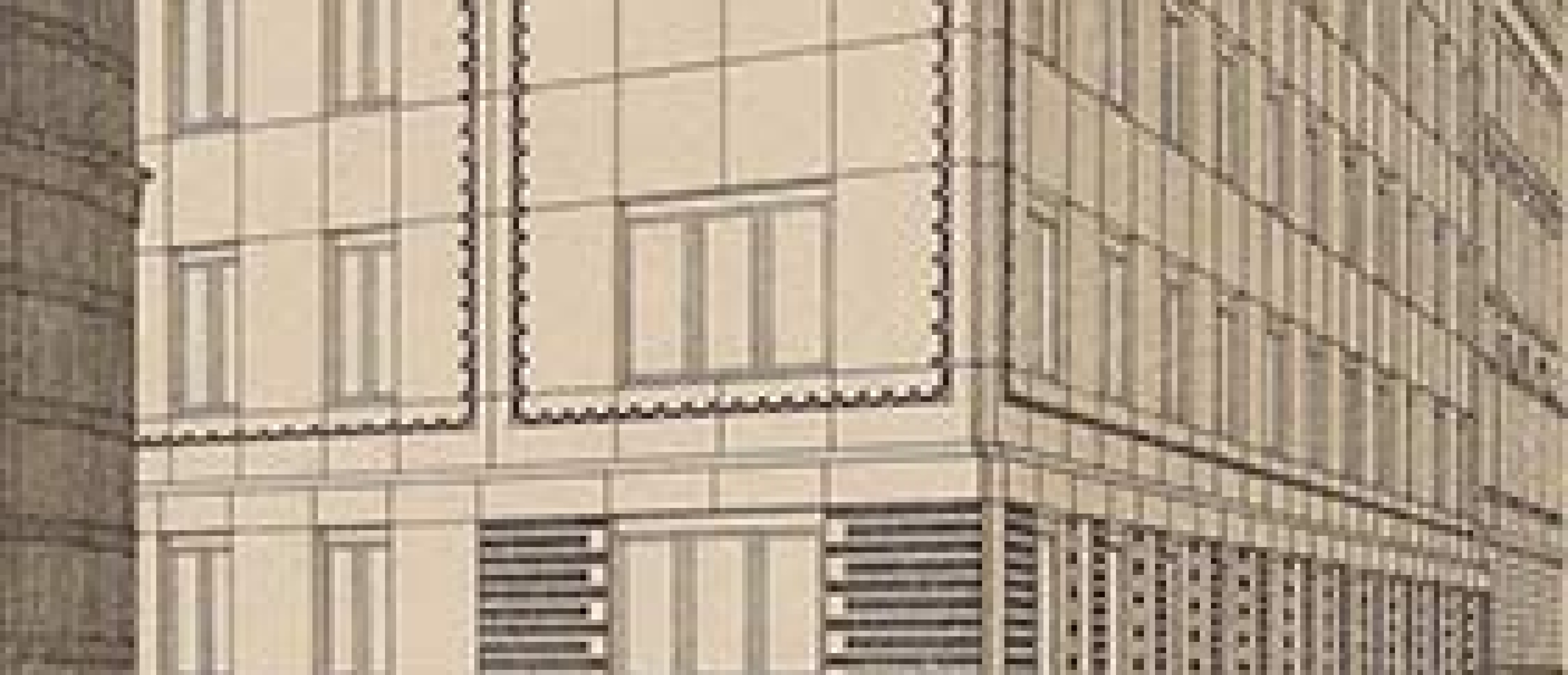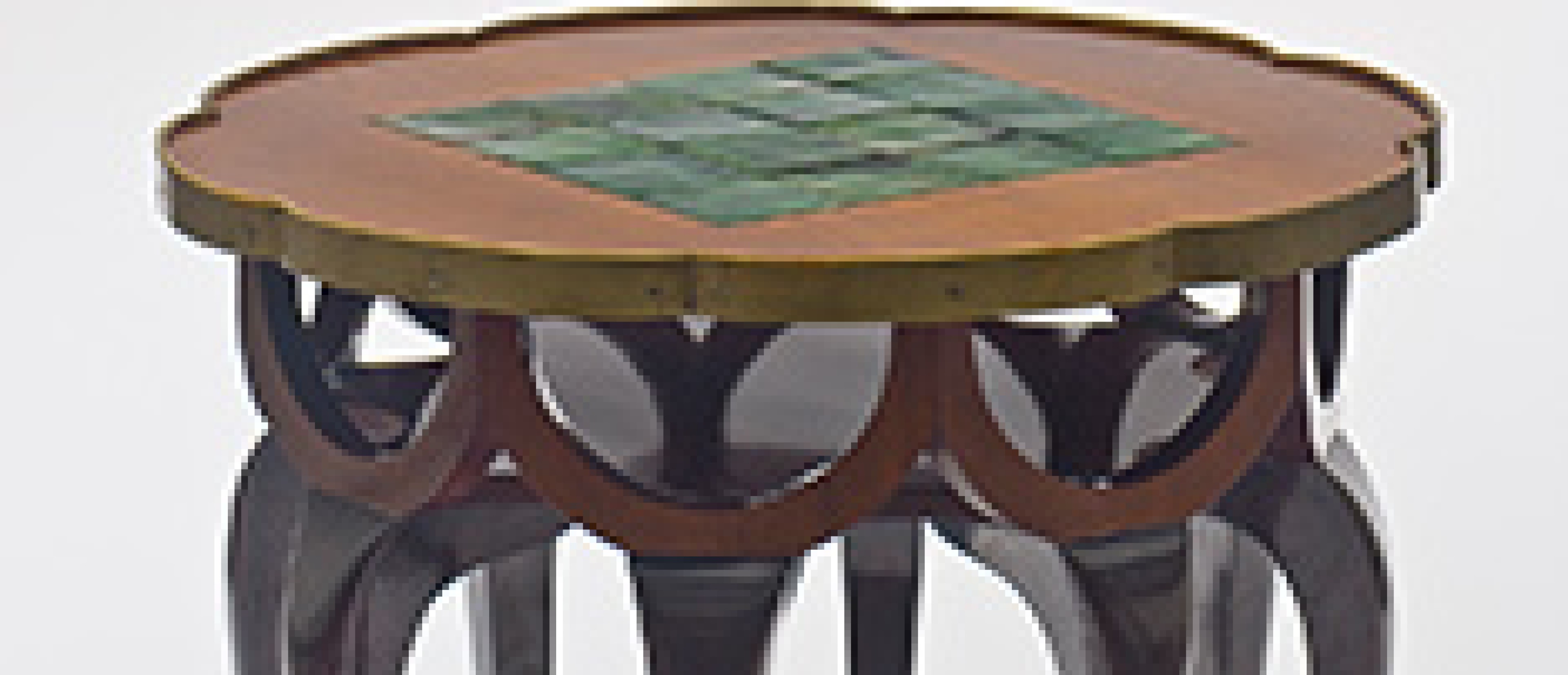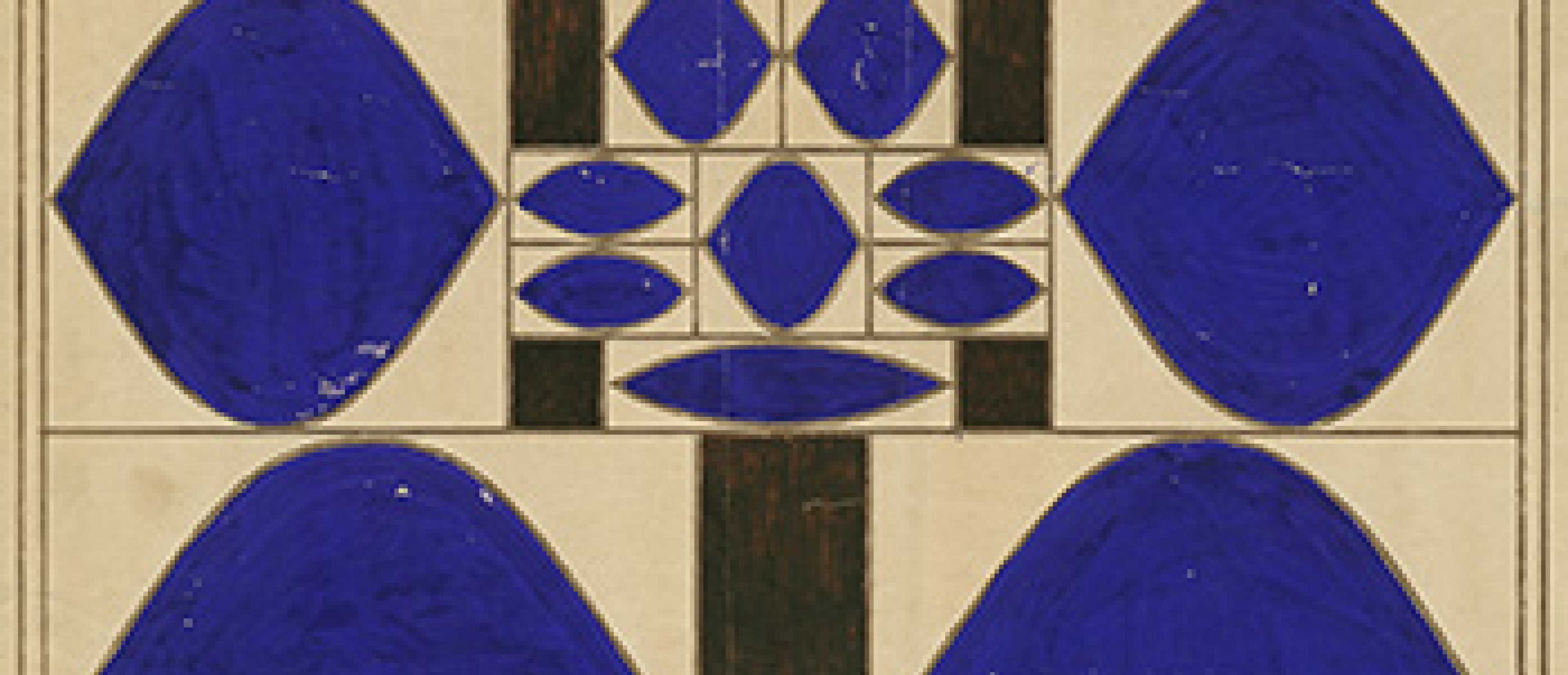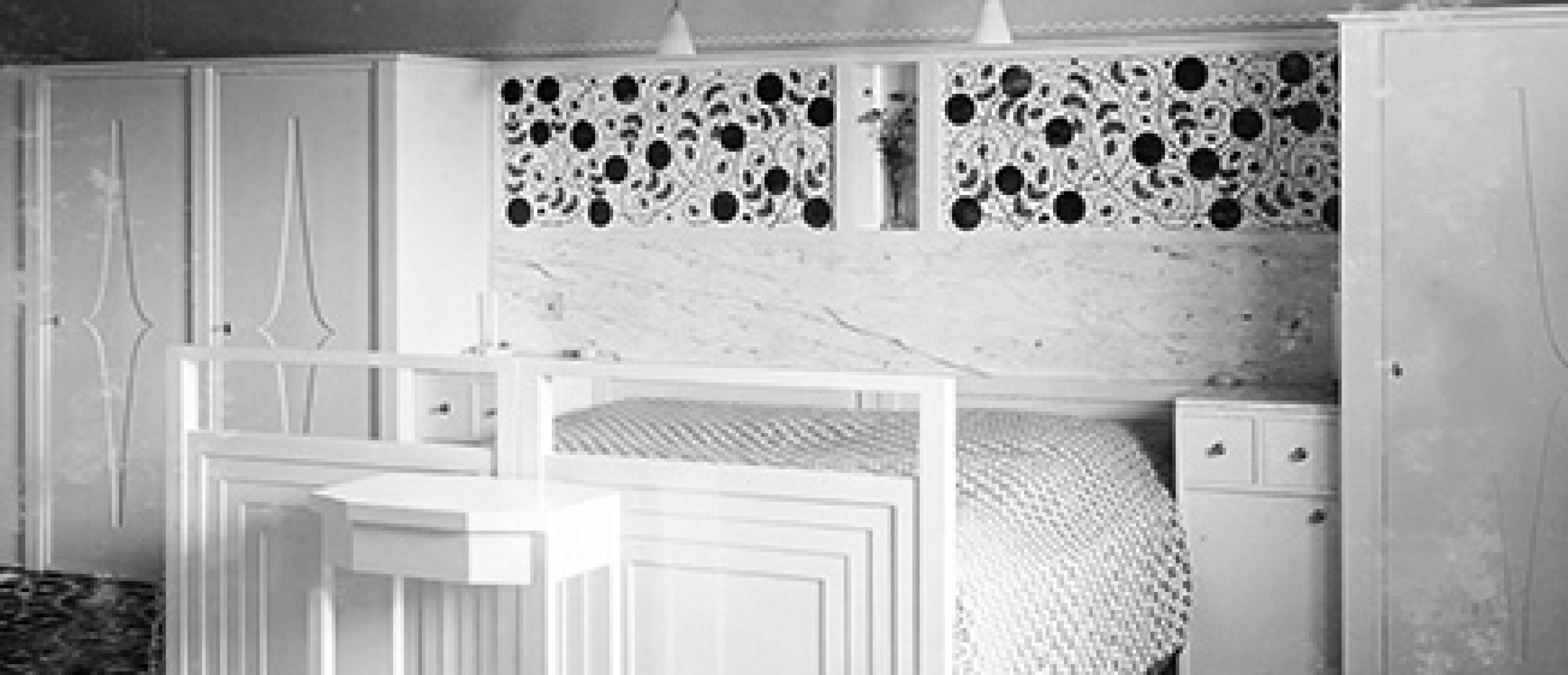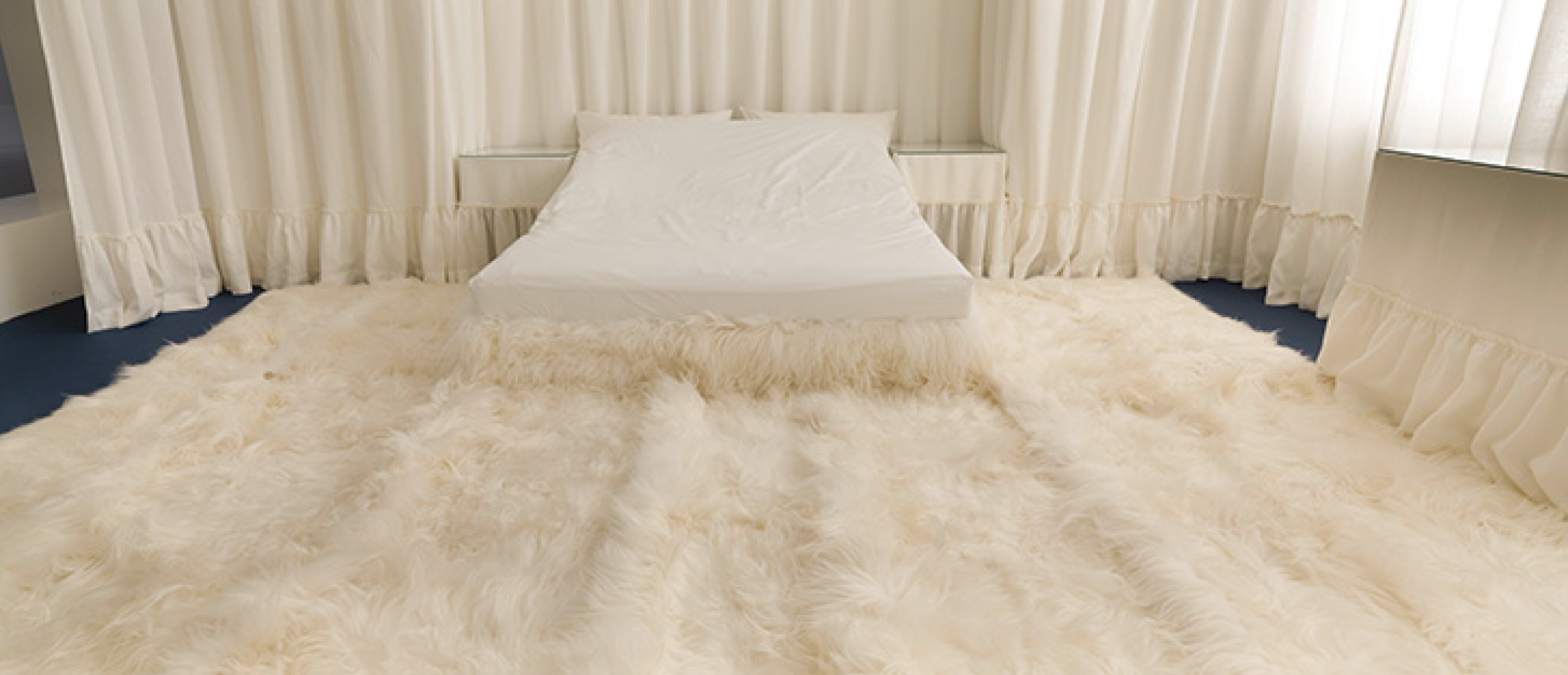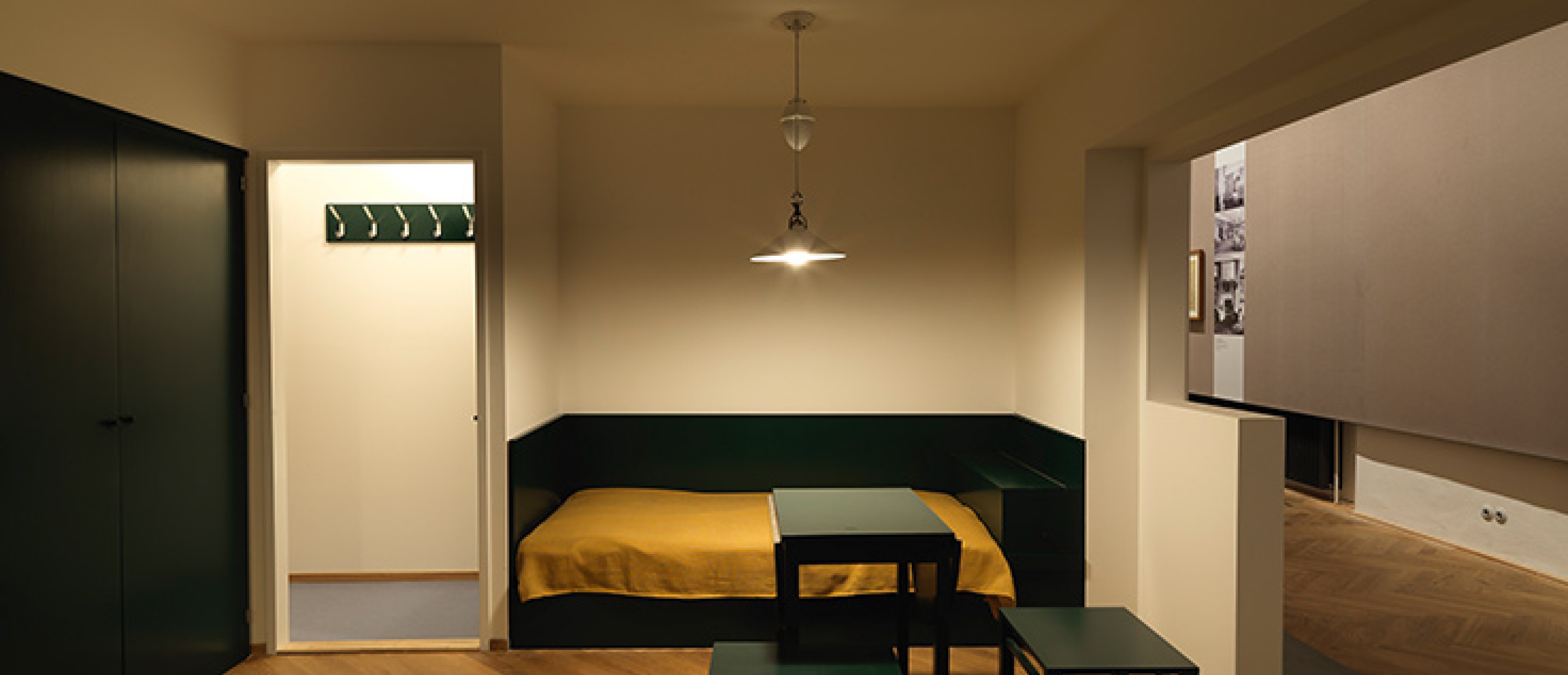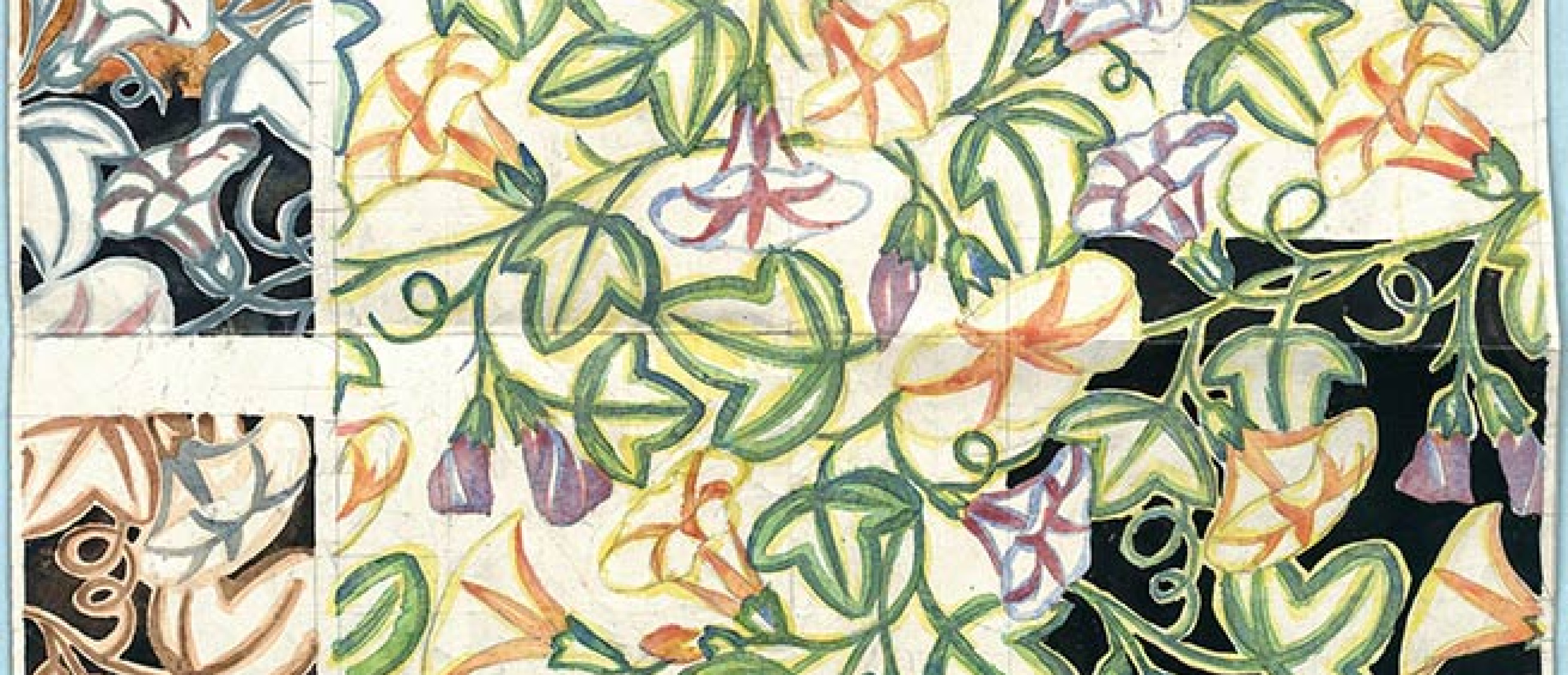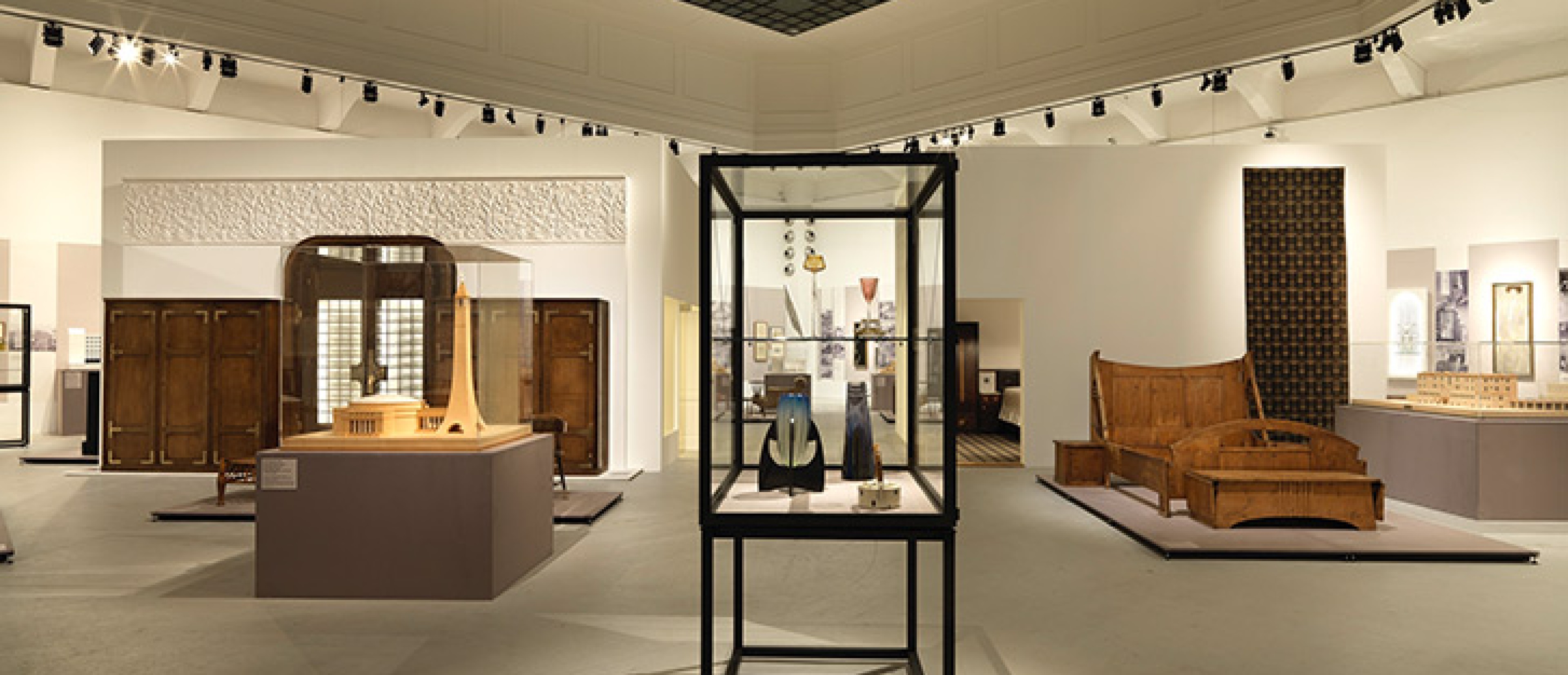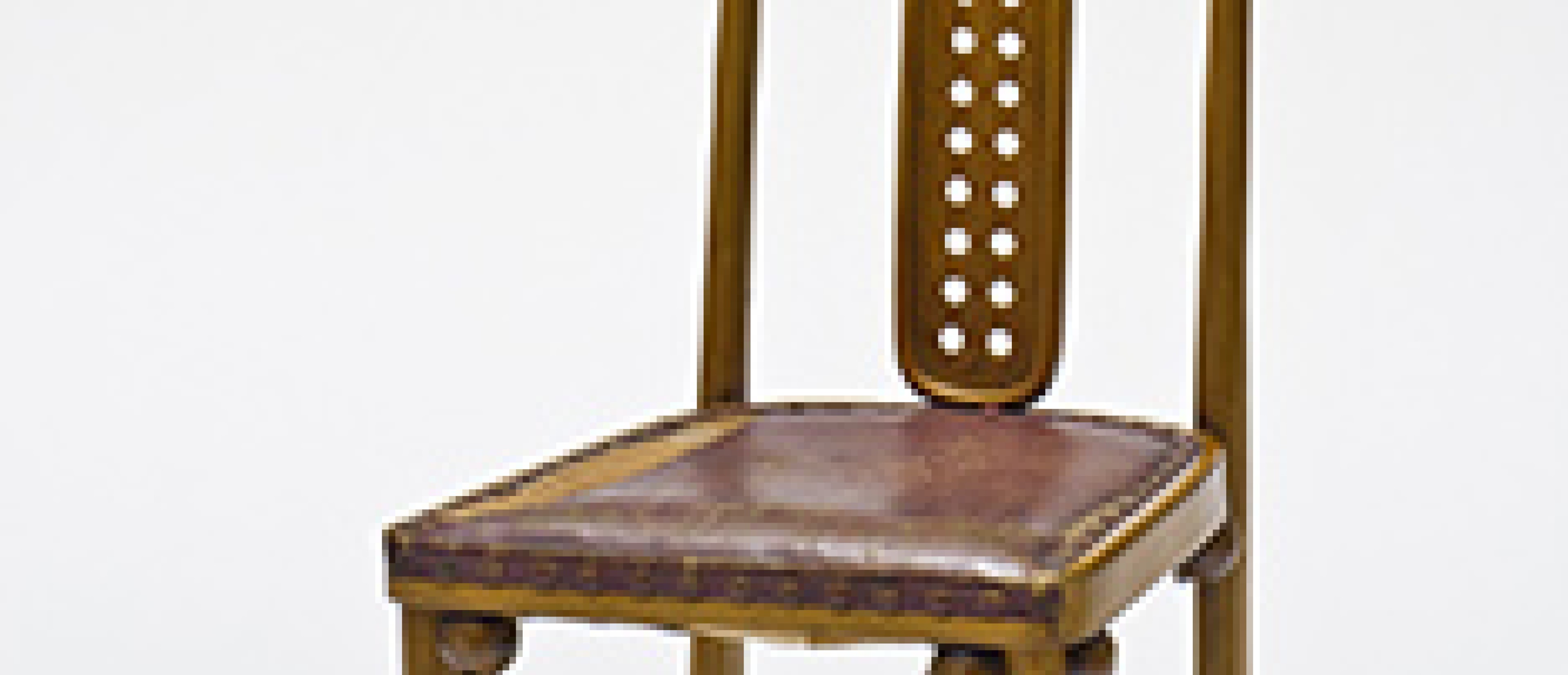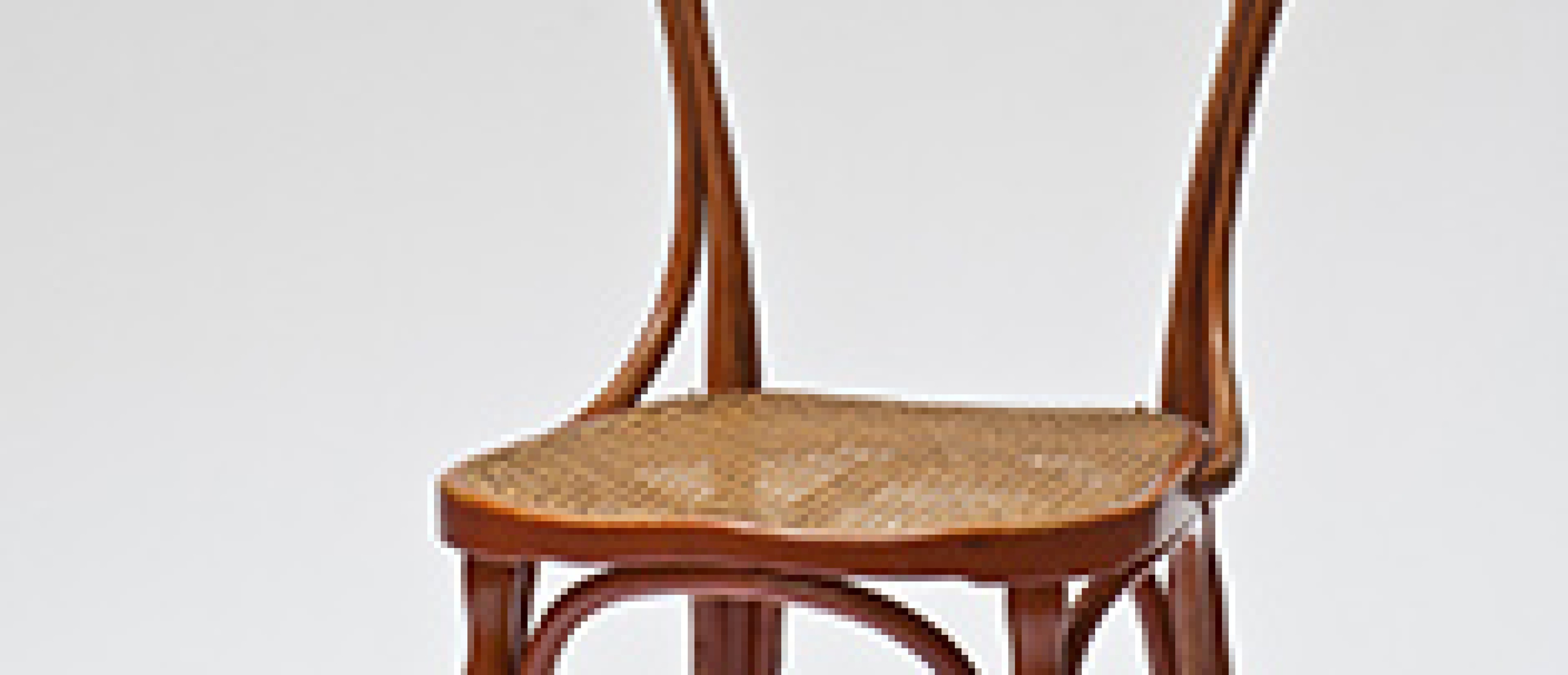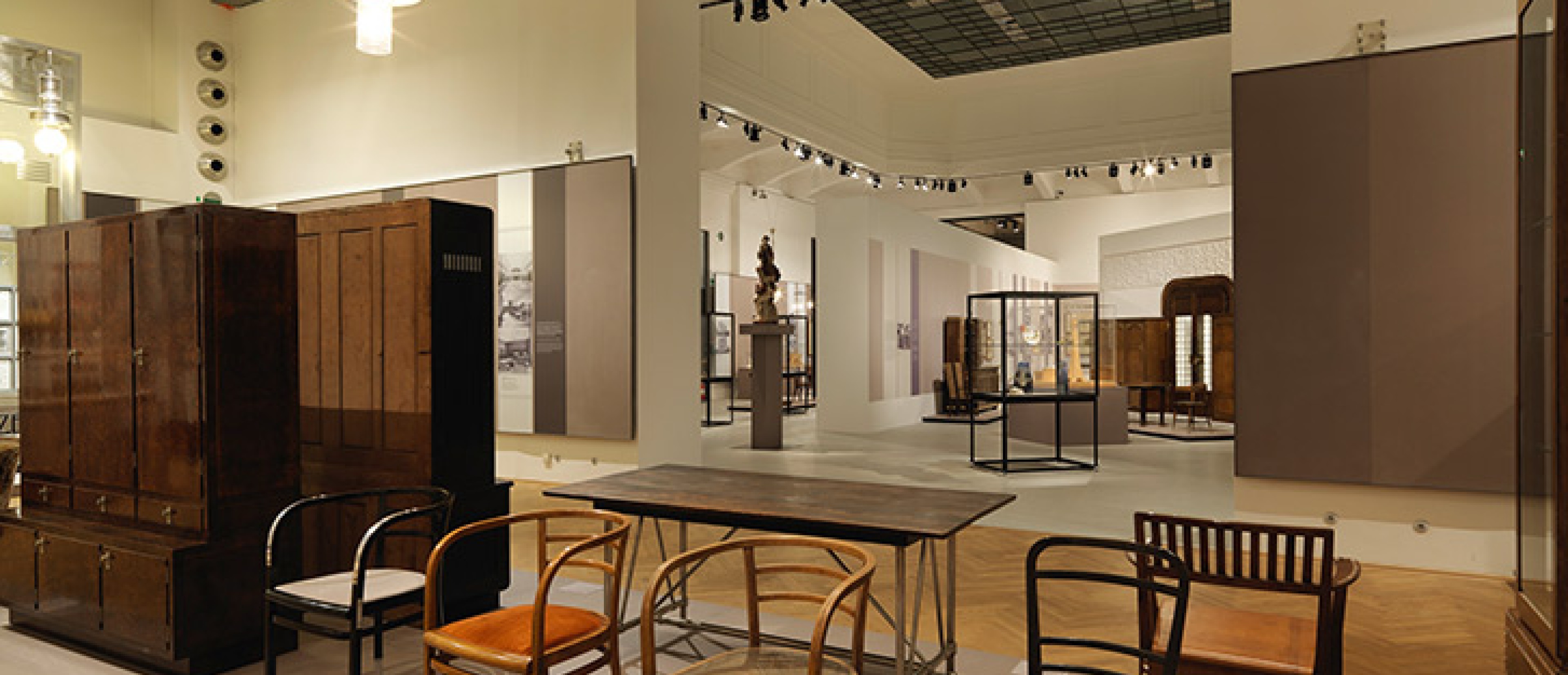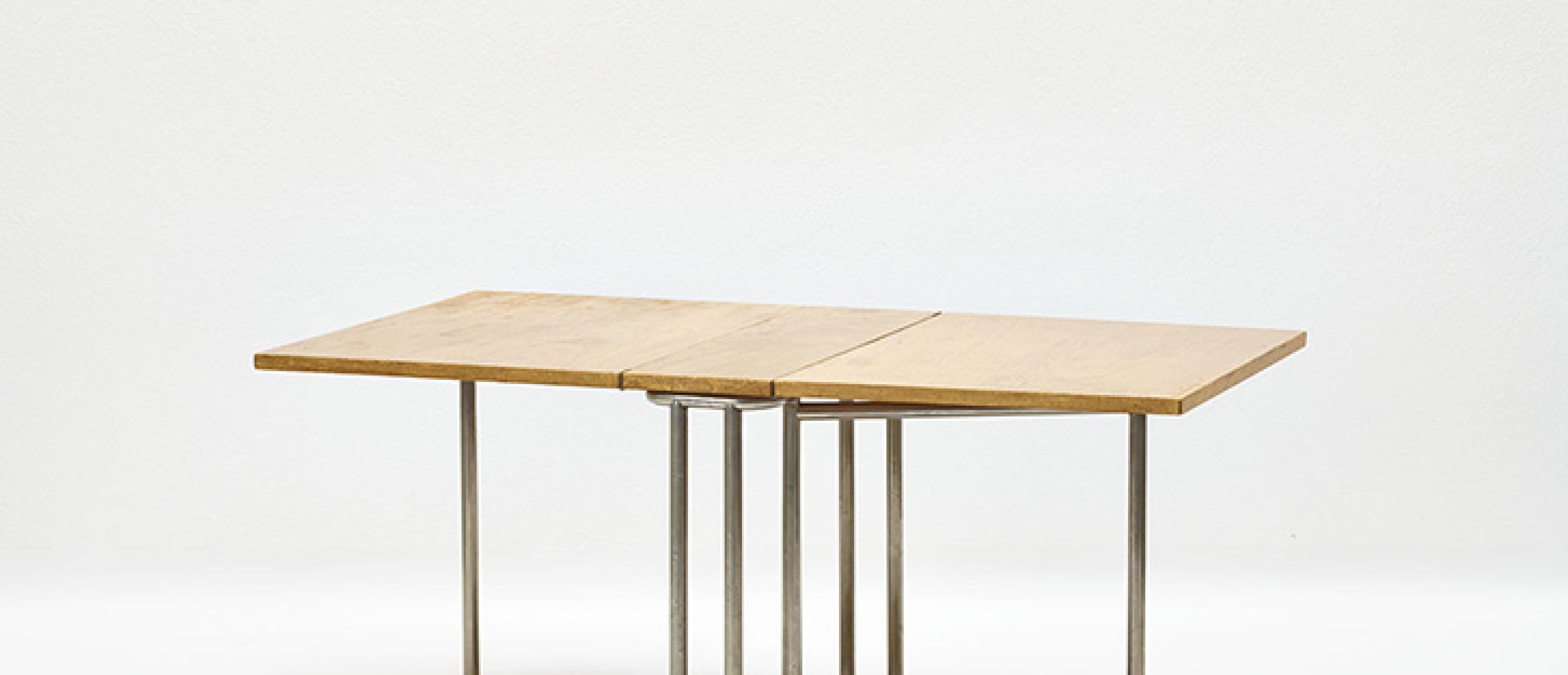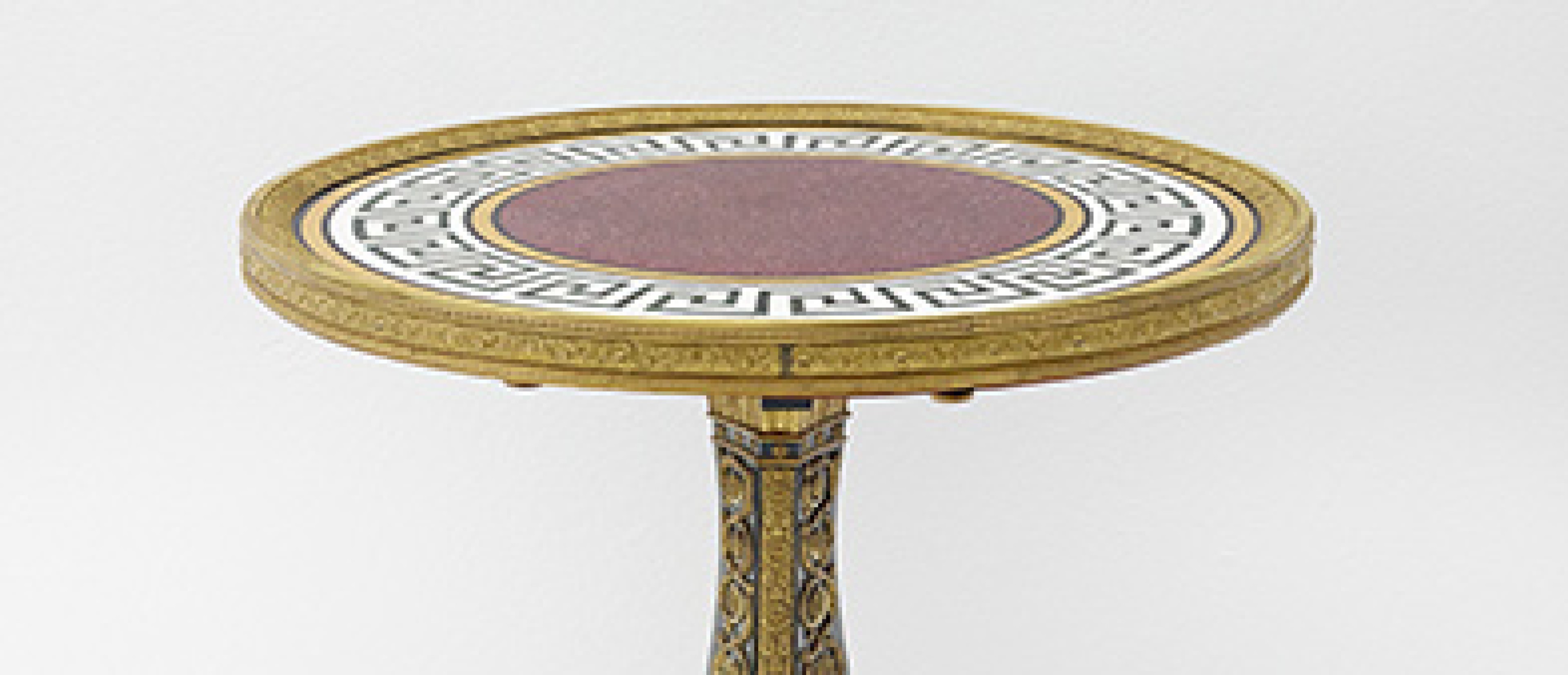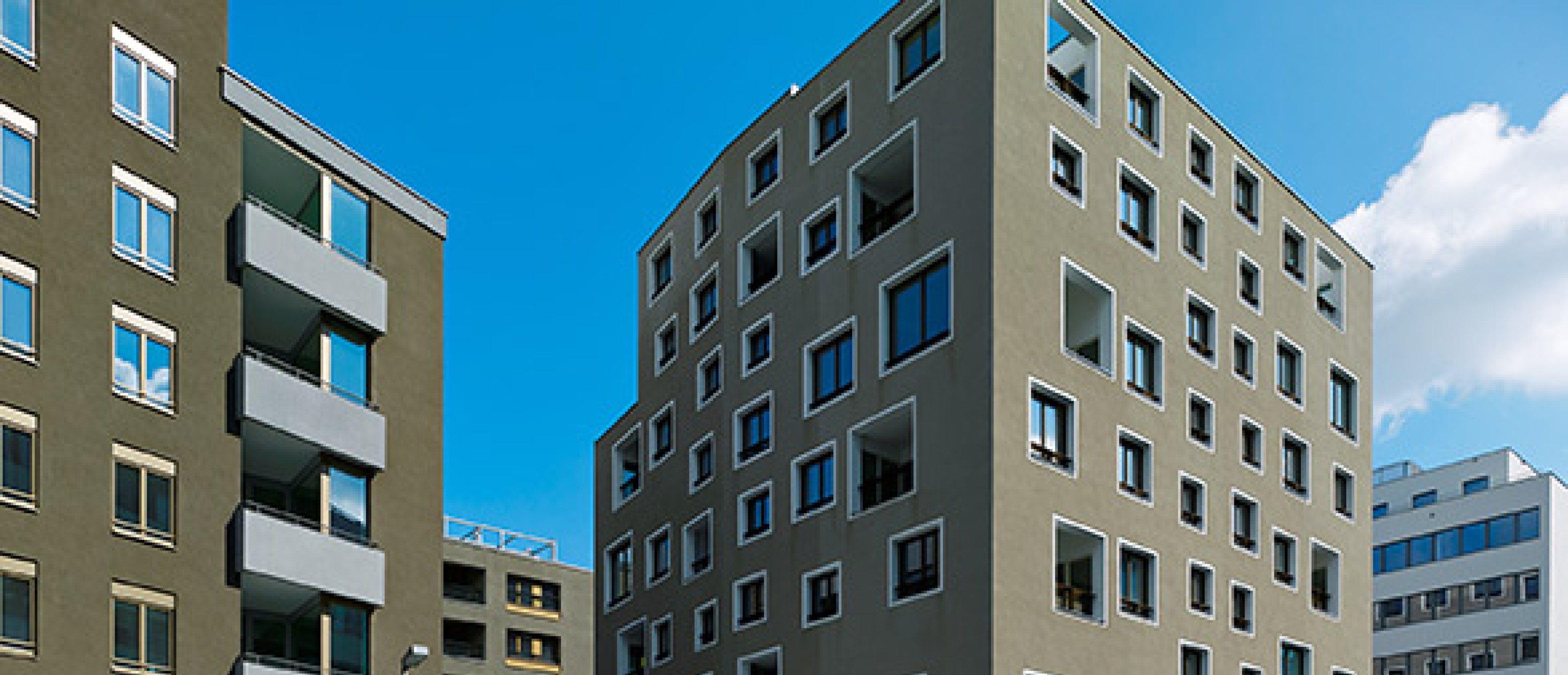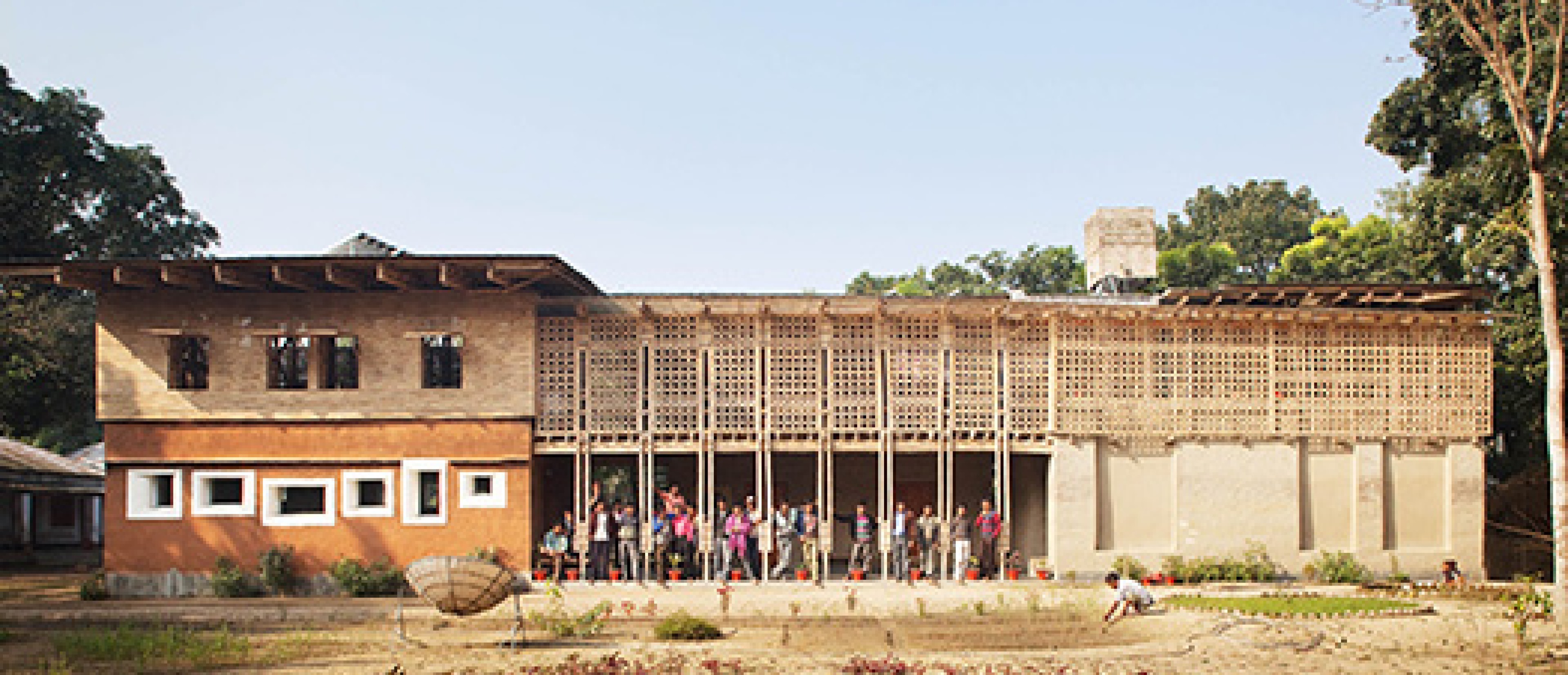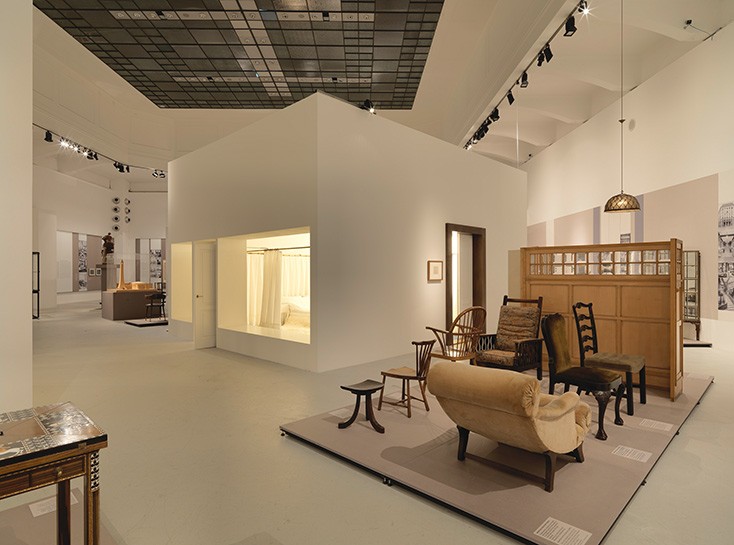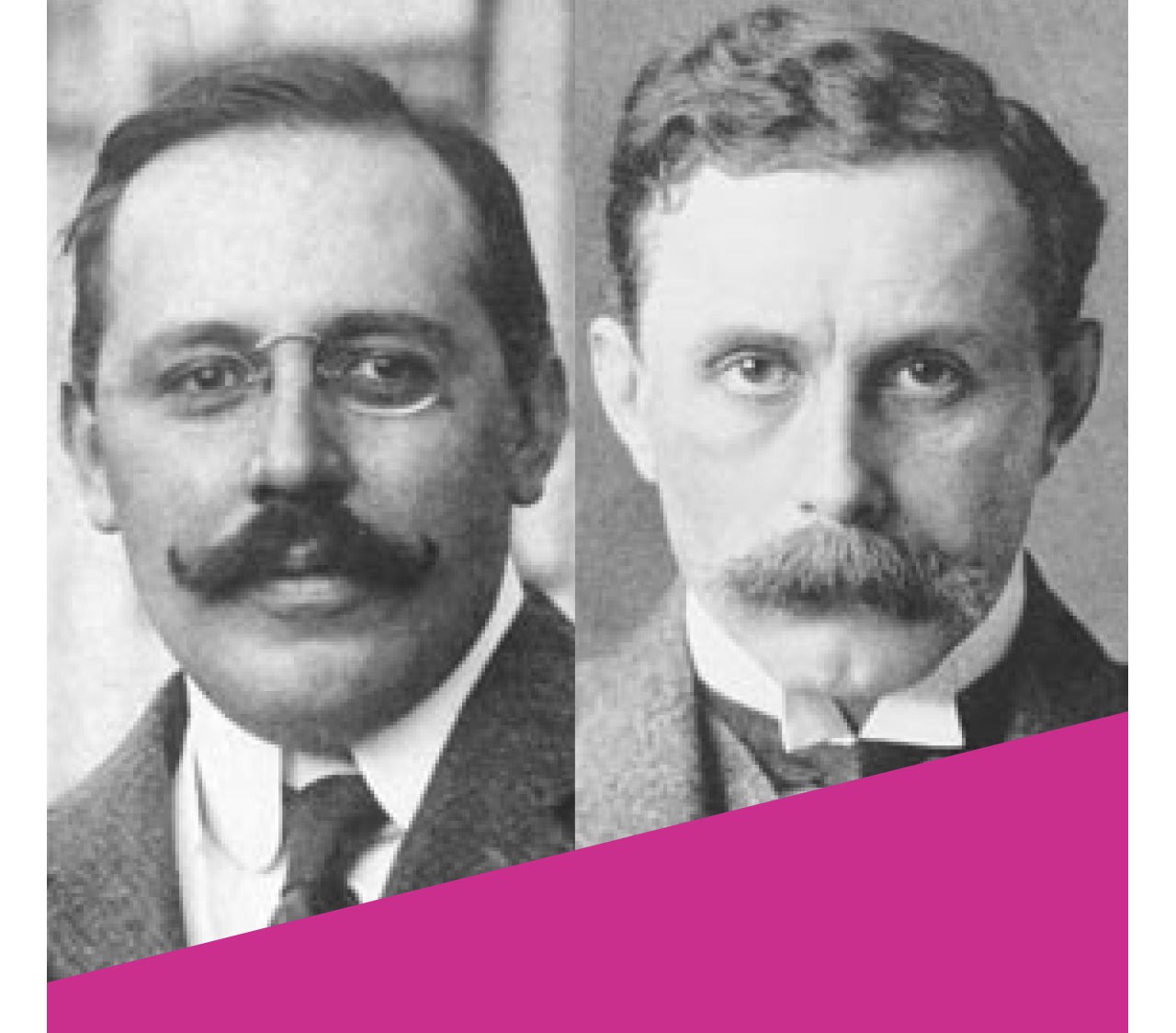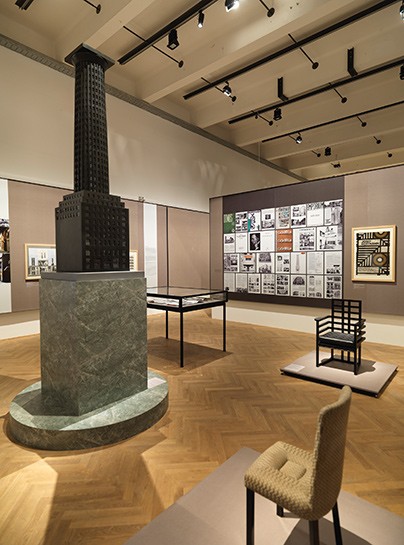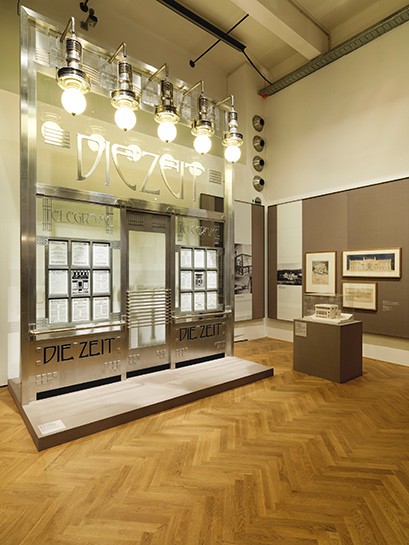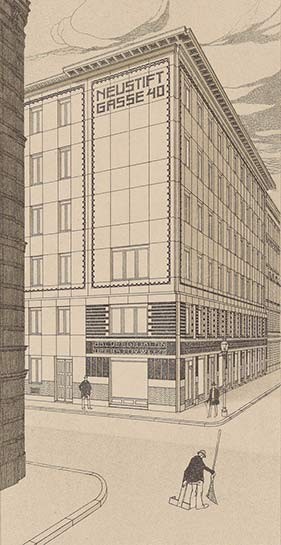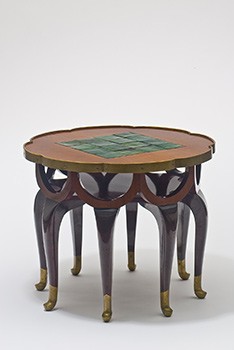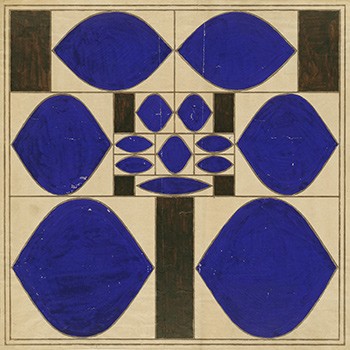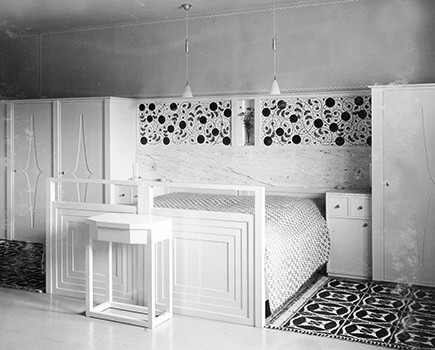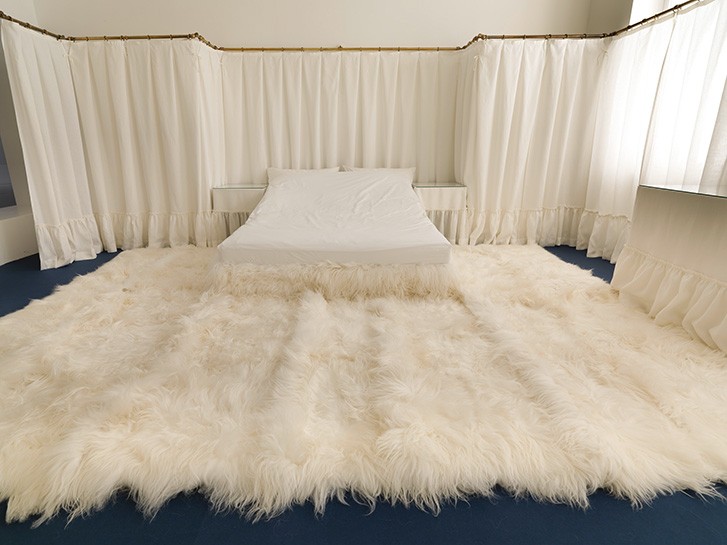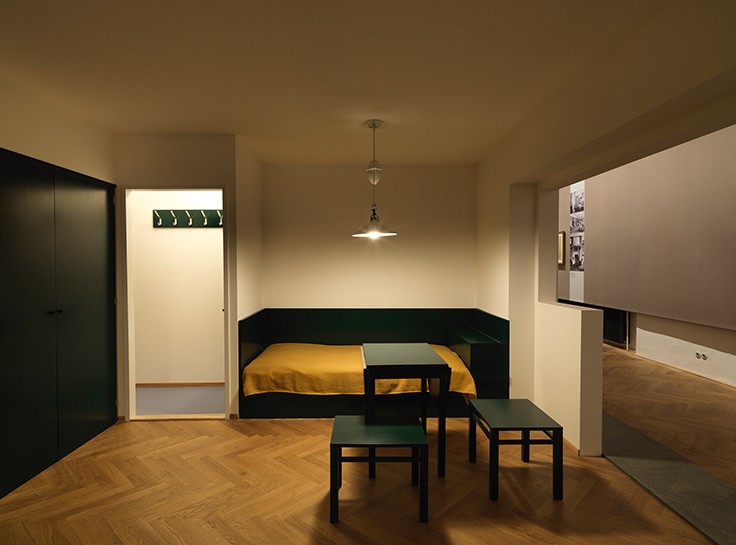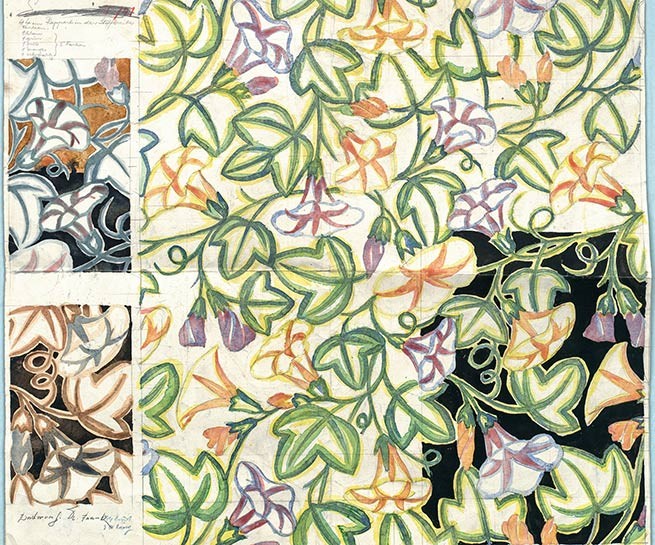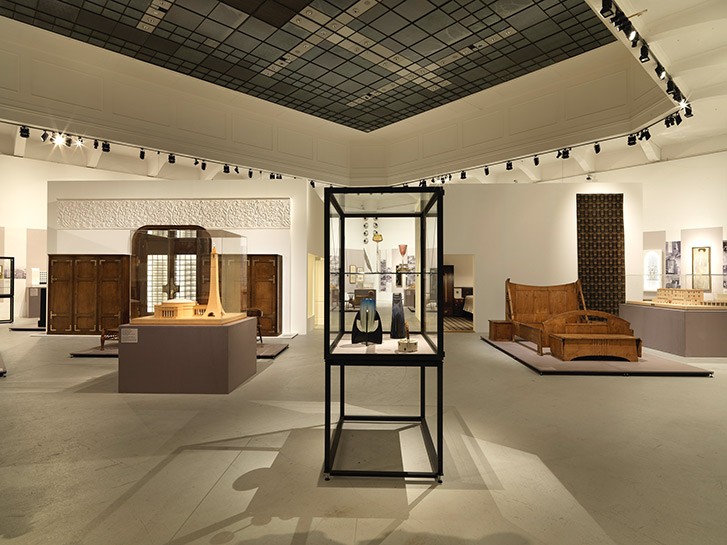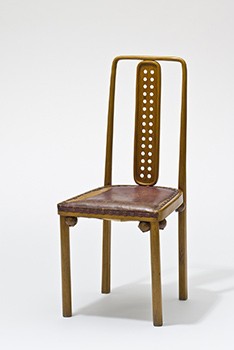Previous Image
17.12.2014—19.4.2015
Lower Exhibition Hall
The exhibition presents a contrasting selection of works from two pioneers of Modernism, complete with historical background and examples of their impact extending up to the present day. Josef Hoffmann (1870–1956) and Adolf Loos (1870–1933) were the most important architects and designers in Vienna around 1900 in the generation after Otto Wagner (1841–1918). They developed two contrary approaches to the expression of individuality and self-realization among modern consumers. Josef Hoffmann followed a revolutionary path that led to the creation of utilitarian objects and architecture as aesthetic products in an ever-changing array of new designs. Adolf Loos pursued an evolutionary strategy that viewed utilitarian objects and architecture not as art products, but as the discrete background for individual lifestyles. These two contrary mindsets represent fundamental interpretations of the tasks of modern architects and designers as well as different images of modern lifestyles of the emancipated citizen.
In five segments, the exhibition shows key works, their influences, and the impact of the work of Hoffmann and Loos. Beginning with the establishment of individual expressions of taste around 1750, the first two chapters show the achievements and developments of the previous generations upon which Hoffmann and Loos built or to which they reacted. The focus is on the reactions to the crisis in the applied arts in the in-dustrial age as well as the development of a genuinely modern language of form by Otto Wagner.
The central chapter is dedicated to the period around 1900. In original drawings as well as utilitarian objects, furniture, and models, these two opposing interpretations of modern lifestyles are contrasted with one another. One central topic is the modern city building: the Looshaus on Michaelerplatz in Vienna and Hoffmann’s Stoclet House in Brussels. For the first time, reconstructions of two interiors created around the same time by Loos and Hoffmann will be shown. In the bedroom from Josef Hoffmann’s Salzer Apartment (1902) objects are organized into a strict system of square ornamentation, while the bedroom in Loos’s own apartment (1903) evokes intimacy through the appearance of textiles that were not designed by the architect.
Two other segments illuminate the continuation of Josef Hoffmann’s aesthetic approach to Modernism and Adolf Loos’s evolutionary and emancipatory strategy. From 1910 onward, changes in society and a new generation of architects resulted in new approaches to Modernism that built on the ideas of Hoffmann and Loos. Humancentered and socially oriented concepts by Oskar Strnad and Josef Frank combine the two mindsets. Reconstructions of Hoffmann’s opulent Boudoir d’une grande vedette [Boudoir of a great star] (1937) and Margarete Schütte-Lihotzky’s Working Single Woman’s Apartment (1929), by contrast, illustrate contrary positions. The internationally oriented Austrian avant-garde is represented by Ernst Plischke and the Vienna office of Singer & Dicker. Bernard Rudofsky’s interpretations of modern lifestyles demonstrate a further development of Loos’s cultural criticism.
The final chapter shows the continued influenceof Hoffmann’s and Loos’s approaches from 1945 onward. After the rediscovery of Viennese Modernism, postmodernism experimented with these concepts, as works by Hans Hollein, Hermann Czech, and others show. Contemporary architecture follows Loos’s economical and emancipatory path, as evidenced by recent ready-made concepts (Lacaton & Vassal, Paris), „Raumplan“ strategies (Werner Neuwirth, Vienna), and selfbuilt projects (Anna Heringer, Laufen, DE).
Guest Curator Matthias Boeckl
Curator Christian Witt-Dörring, MAK Curator
The exhibition is accompanied by the catalog Ways to Modernism: Josef Hoffmann, Adolf Loos, and Their Impact, edited by Christoph Thun-Hohenstein, Matthias Boeckl, and Christian Witt-Dörring, German/English, ca. 300 pages with numerous color illustrations, MAK Vienna/Birkhäuser Verlag, Basel 2015. Available at the MAK DESIGN SHOP
Sat 3 p.m.
Sun 3 p.m. Ways to Modernism part 1,
& 4:30 p.m. Ways to Modernism part 2
Tue, 14.4.2015, 6 p.m.
with guest curator Matthias Boeckl and MAK Curator Christian Witt-Dörring
OUR WAY TO HUMANITY. Josef Hoffmann – Master of the Gesamtkunstwerk
(Length: 59:18 min.)
Subsequently: Matthias Boeckl in conversation with Friedrich Kurrent
Sat, 14.3.2015, 4 p.m.
LOOS ORNAMENTAL
(Length: 72 min.)
With the aid of notebooks and sketchbooks, as well as analyses of architectural works and sculptures, the film shows 27 structures and interior decorations by Adolf Loos that are still intact. His offensive against the ornamental decoration of buildings became a cause of dispute in architectural theory.
Sat, 10.1.2015, 4 p.m.
Josef Hoffmann, Adolf Loos, and Their Impact
Talk with guest curator Matthias Boeckl and MAK Curator Christian Witt-Dörring, moderation by Isabella Marboe
Sat, 24.1.2015, 4 p.m.
Markus Kristan: Adolf Loos vs. Josef Hoffmann
Adolf Loos and Josef Hoffmann were born at almost the same time in 1870 and only a few kilometers apart in Moravia. After a short resumption of their friendship, lasting rivalry took root at the end of 1898 and continued until the death of Loos in 1933. Yet they had several traits in common: they were both architects and designers of arts and crafts objects—for which they are world-renowned today—who revered Otto Wagner, were both friends with Josef Frank, and both had an un compromising artistic outlook.
Sat, 28.2.2015, 4 p.m.
Friedrich Kurrent: Adolf Loos and Josef Hoffmann – Rediscovery
Tue, 10.3.2015, 7 p.m.
Hermann Czech: The Loos Idea from a Distance of 100 Years
Loos’s concepts and terms are an open system. If transitions are borne in mind, then Loos’s polemics also apply to advanced modernity. (Mediation by Josef Frank prevents the "Loos Idea" from becoming doctrinaire)
Sat, 18.4.2015, 4 p.m.
Werner Neuwirth: Producing and Portraying as Architectural Substance
A structure is inconceivable without form, but construction forms don’t grow on trees: first, a form must be found. Every reification naturally follows a certain logic of production and, simultaneously, every work is subject to a semantic reception. In their diverse ideal weighting of producing and portraying, architectural stances differ, ranging from precisely defined forms to cultural abysses.
Every tour begins with a guided tour through the exhibition in the MAK. Afterwards, we travel by foot or by bus transfer to various historical buildings, where another guided tour and viewing awaits the tour participants.
Limited attendance, registration for all tours is imperative:
MAK Marketing, T: +43 1 711 36-231 or marketing@MAK.at
Prices include admission to/guided tour of the MAK and for the participating institutions as well as a bus transfer to and from the MAK for Tours 3 to 6. MAK Annual Ticket holders receive a 20% discount per tour.
Program is subject to change!
Tour Overview
TOUR 1
Fri, 16.1.2015, 2 p.m.
Adolf Loos at the Heart of Vienna: the Looshaus on Michaelerplatz
Price € 20
TOUR 2
Fri, 30.1.2015, 2:30 p.m.
Otto Wagner the Pioneer—Part 1: The WAGNER:WERK Austrian Postal Savings Bank Museum
Price € 20
TOUR 3
Sat, 14.2.2015, 2 p.m.
Otto Wagner the Pioneer—Part 2: The Otto Wagner Hospital (Center for Community Medicine at Baumgartner Höhe) and Otto Wagner’s Church Am Steinhof www.wienkav.at/ows
Price € 30
TOUR 4
Sat, 7.3.2015, 2 p.m.
Convalescence in the Countryside: Josef Hoffmann and the Sanatorium Purkersdorf
Price € 30
TOUR 5
Sat, 21.3.2015, 2 p.m.
“New Living” 1932: The Werkbundsiedlung in Vienna
Price € 30
TOUR 6
Sun, 12.4.2015, 11:30 a.m.
Adolf Loos in the Countryside: The Looshaus am Kreuzberg (Lower Austria)
Price € 40.
It is also possible to have lunch or coffee and cake at the Looshaus, or even to go for a short walk nearby.
For their generous support we would like to thank:
Richard Grubman and Caroline Mortimer
Ephraim F. Gildor Foundation
Dr. Louise Kiesling
Dr. Ernst Ploil
Premium Sponsors


Sponsor

In five segments, the exhibition shows key works, their influences, and the impact of the work of Hoffmann and Loos. Beginning with the establishment of individual expressions of taste around 1750, the first two chapters show the achievements and developments of the previous generations upon which Hoffmann and Loos built or to which they reacted. The focus is on the reactions to the crisis in the applied arts in the in-dustrial age as well as the development of a genuinely modern language of form by Otto Wagner.
The central chapter is dedicated to the period around 1900. In original drawings as well as utilitarian objects, furniture, and models, these two opposing interpretations of modern lifestyles are contrasted with one another. One central topic is the modern city building: the Looshaus on Michaelerplatz in Vienna and Hoffmann’s Stoclet House in Brussels. For the first time, reconstructions of two interiors created around the same time by Loos and Hoffmann will be shown. In the bedroom from Josef Hoffmann’s Salzer Apartment (1902) objects are organized into a strict system of square ornamentation, while the bedroom in Loos’s own apartment (1903) evokes intimacy through the appearance of textiles that were not designed by the architect.
Two other segments illuminate the continuation of Josef Hoffmann’s aesthetic approach to Modernism and Adolf Loos’s evolutionary and emancipatory strategy. From 1910 onward, changes in society and a new generation of architects resulted in new approaches to Modernism that built on the ideas of Hoffmann and Loos. Humancentered and socially oriented concepts by Oskar Strnad and Josef Frank combine the two mindsets. Reconstructions of Hoffmann’s opulent Boudoir d’une grande vedette [Boudoir of a great star] (1937) and Margarete Schütte-Lihotzky’s Working Single Woman’s Apartment (1929), by contrast, illustrate contrary positions. The internationally oriented Austrian avant-garde is represented by Ernst Plischke and the Vienna office of Singer & Dicker. Bernard Rudofsky’s interpretations of modern lifestyles demonstrate a further development of Loos’s cultural criticism.
The final chapter shows the continued influenceof Hoffmann’s and Loos’s approaches from 1945 onward. After the rediscovery of Viennese Modernism, postmodernism experimented with these concepts, as works by Hans Hollein, Hermann Czech, and others show. Contemporary architecture follows Loos’s economical and emancipatory path, as evidenced by recent ready-made concepts (Lacaton & Vassal, Paris), „Raumplan“ strategies (Werner Neuwirth, Vienna), and selfbuilt projects (Anna Heringer, Laufen, DE).
Guest Curator Matthias Boeckl
Curator Christian Witt-Dörring, MAK Curator
The exhibition is accompanied by the catalog Ways to Modernism: Josef Hoffmann, Adolf Loos, and Their Impact, edited by Christoph Thun-Hohenstein, Matthias Boeckl, and Christian Witt-Dörring, German/English, ca. 300 pages with numerous color illustrations, MAK Vienna/Birkhäuser Verlag, Basel 2015. Available at the MAK DESIGN SHOP
Guided Tours
Tue 6 p.m.Sat 3 p.m.
Sun 3 p.m. Ways to Modernism part 1,
& 4:30 p.m. Ways to Modernism part 2
Curator Guided Tours
Tue, 20.1.2015, 6 p.m.Tue, 14.4.2015, 6 p.m.
with guest curator Matthias Boeckl and MAK Curator Christian Witt-Dörring
Film Screenings
Tue, 24.2.2015, 6 p.m.OUR WAY TO HUMANITY. Josef Hoffmann – Master of the Gesamtkunstwerk
(Length: 59:18 min.)
Subsequently: Matthias Boeckl in conversation with Friedrich Kurrent
Sat, 14.3.2015, 4 p.m.
LOOS ORNAMENTAL
(Length: 72 min.)
With the aid of notebooks and sketchbooks, as well as analyses of architectural works and sculptures, the film shows 27 structures and interior decorations by Adolf Loos that are still intact. His offensive against the ornamental decoration of buildings became a cause of dispute in architectural theory.
Talk Series
On the occasion of the exhibition, experts on Josef Hoffmann and Adolf Loos will explain their ways of thinking and working and will discuss the survival of these two contrary approaches in contemporary works by architects and designers.Sat, 10.1.2015, 4 p.m.
Josef Hoffmann, Adolf Loos, and Their Impact
Talk with guest curator Matthias Boeckl and MAK Curator Christian Witt-Dörring, moderation by Isabella Marboe
Sat, 24.1.2015, 4 p.m.
Markus Kristan: Adolf Loos vs. Josef Hoffmann
Adolf Loos and Josef Hoffmann were born at almost the same time in 1870 and only a few kilometers apart in Moravia. After a short resumption of their friendship, lasting rivalry took root at the end of 1898 and continued until the death of Loos in 1933. Yet they had several traits in common: they were both architects and designers of arts and crafts objects—for which they are world-renowned today—who revered Otto Wagner, were both friends with Josef Frank, and both had an un compromising artistic outlook.
Sat, 28.2.2015, 4 p.m.
Friedrich Kurrent: Adolf Loos and Josef Hoffmann – Rediscovery
Tue, 10.3.2015, 7 p.m.
Hermann Czech: The Loos Idea from a Distance of 100 Years
Loos’s concepts and terms are an open system. If transitions are borne in mind, then Loos’s polemics also apply to advanced modernity. (Mediation by Josef Frank prevents the "Loos Idea" from becoming doctrinaire)
Sat, 18.4.2015, 4 p.m.
Werner Neuwirth: Producing and Portraying as Architectural Substance
A structure is inconceivable without form, but construction forms don’t grow on trees: first, a form must be found. Every reification naturally follows a certain logic of production and, simultaneously, every work is subject to a semantic reception. In their diverse ideal weighting of producing and portraying, architectural stances differ, ranging from precisely defined forms to cultural abysses.
MAK ON TOUR Special
The MAK ON TOUR Special follows Josef Hoffmann and Adolf Loos’s traces in architecture and overall design and takes a close look at the pioneering role of Otto Wagner.Every tour begins with a guided tour through the exhibition in the MAK. Afterwards, we travel by foot or by bus transfer to various historical buildings, where another guided tour and viewing awaits the tour participants.
Limited attendance, registration for all tours is imperative:
MAK Marketing, T: +43 1 711 36-231 or marketing@MAK.at
Prices include admission to/guided tour of the MAK and for the participating institutions as well as a bus transfer to and from the MAK for Tours 3 to 6. MAK Annual Ticket holders receive a 20% discount per tour.
Program is subject to change!
Tour Overview
TOUR 1
Fri, 16.1.2015, 2 p.m.
Adolf Loos at the Heart of Vienna: the Looshaus on Michaelerplatz
Price € 20
TOUR 2
Fri, 30.1.2015, 2:30 p.m.
Otto Wagner the Pioneer—Part 1: The WAGNER:WERK Austrian Postal Savings Bank Museum
Price € 20
TOUR 3
Sat, 14.2.2015, 2 p.m.
Otto Wagner the Pioneer—Part 2: The Otto Wagner Hospital (Center for Community Medicine at Baumgartner Höhe) and Otto Wagner’s Church Am Steinhof www.wienkav.at/ows
Price € 30
TOUR 4
Sat, 7.3.2015, 2 p.m.
Convalescence in the Countryside: Josef Hoffmann and the Sanatorium Purkersdorf
Price € 30
TOUR 5
Sat, 21.3.2015, 2 p.m.
“New Living” 1932: The Werkbundsiedlung in Vienna
Price € 30
TOUR 6
Sun, 12.4.2015, 11:30 a.m.
Adolf Loos in the Countryside: The Looshaus am Kreuzberg (Lower Austria)
Price € 40.
It is also possible to have lunch or coffee and cake at the Looshaus, or even to go for a short walk nearby.
For their generous support we would like to thank:
Richard Grubman and Caroline Mortimer
Ephraim F. Gildor Foundation
Dr. Louise Kiesling
Dr. Ernst Ploil
Premium Sponsors


Sponsor

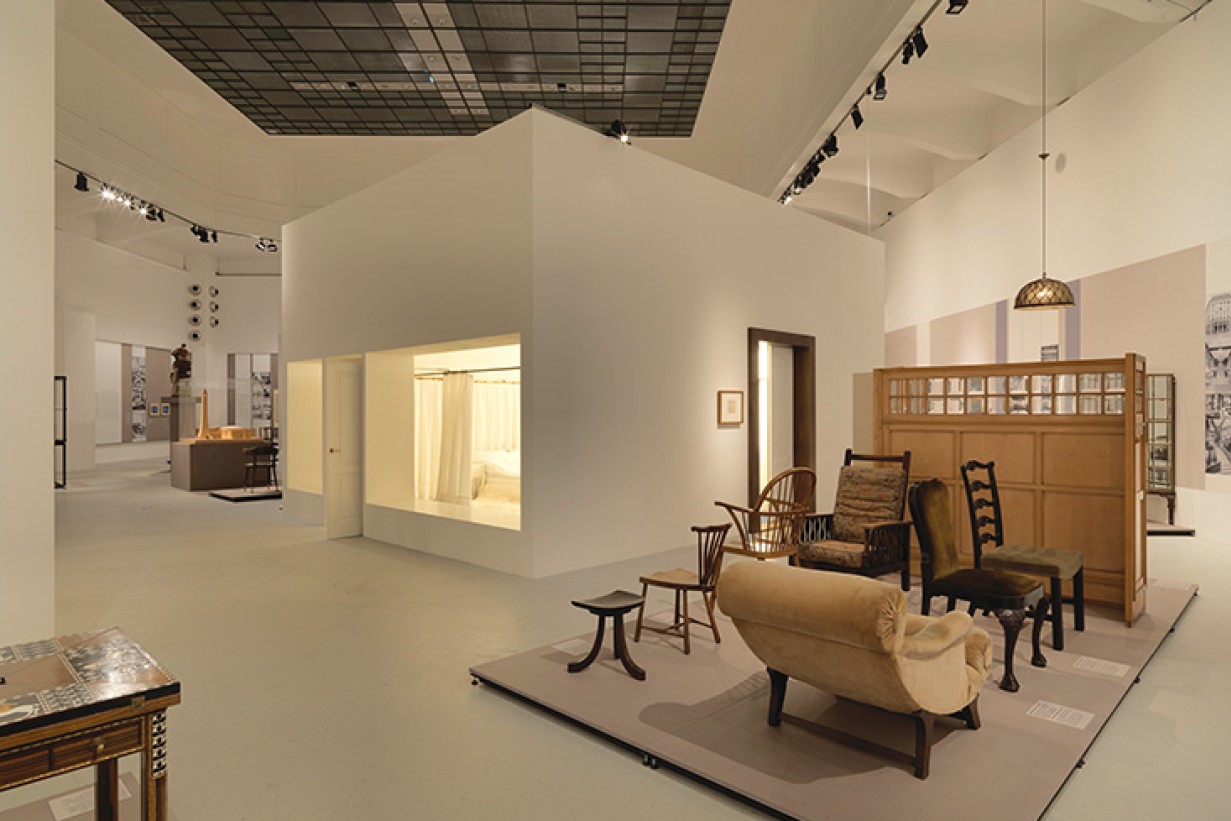
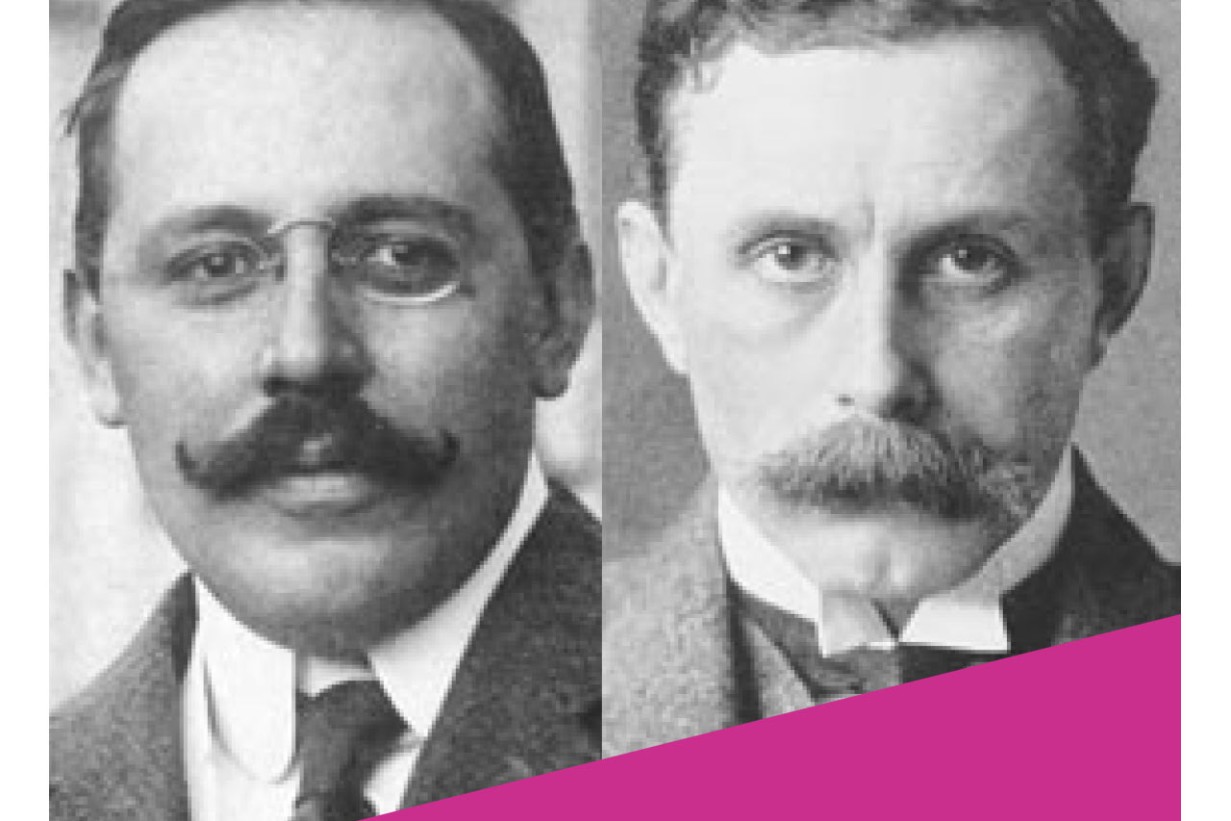
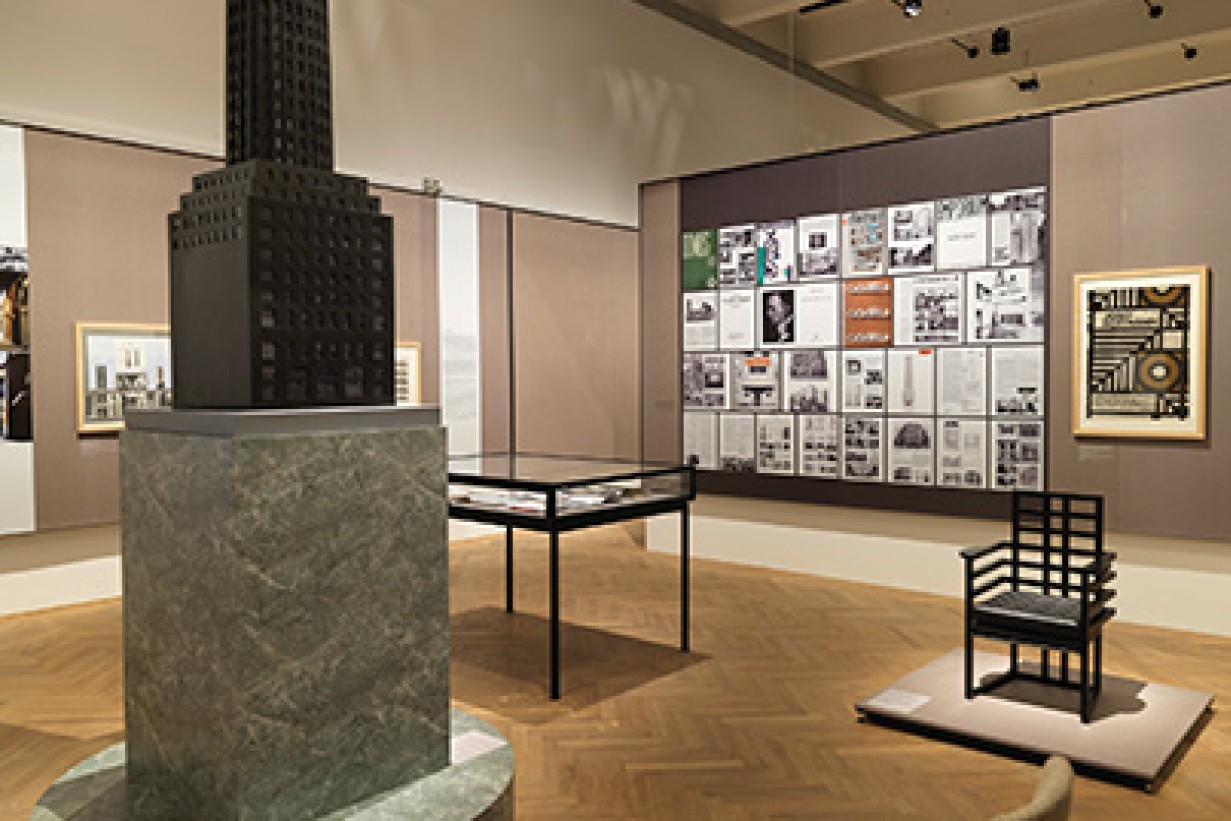
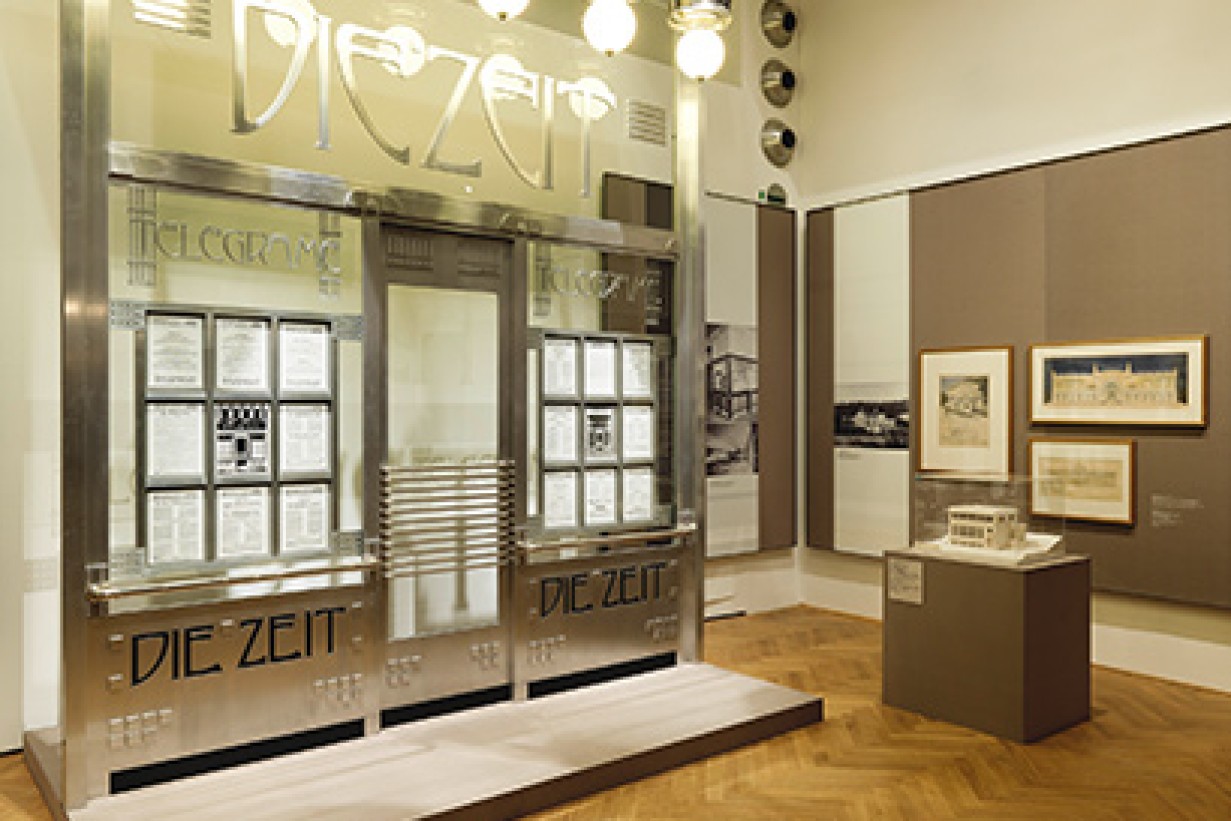
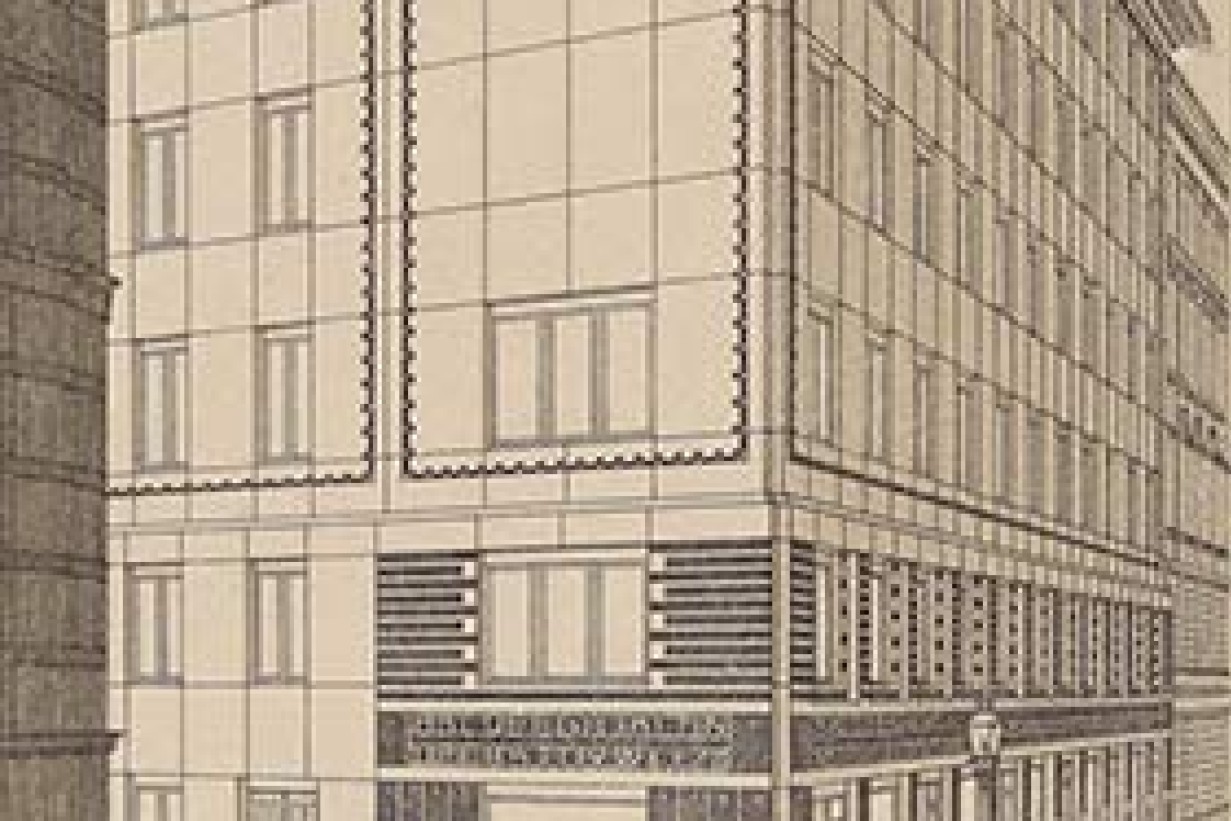
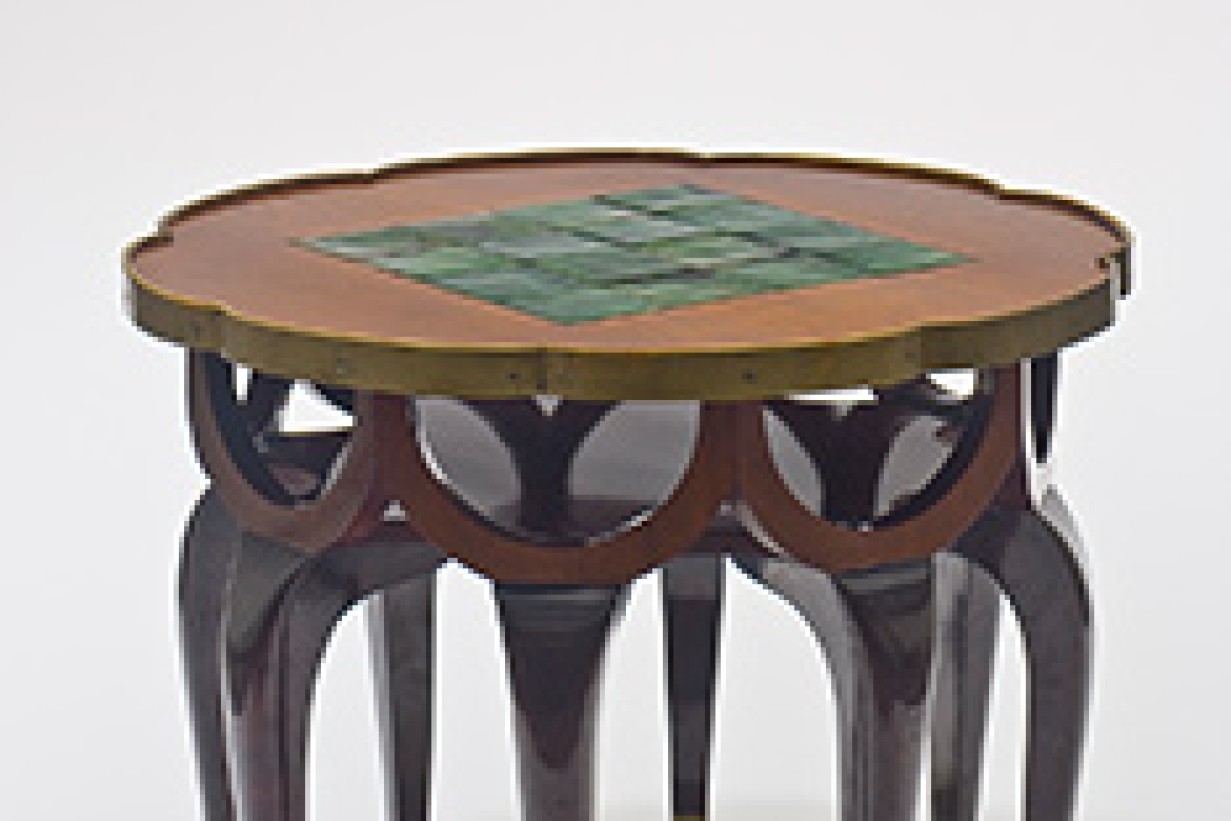
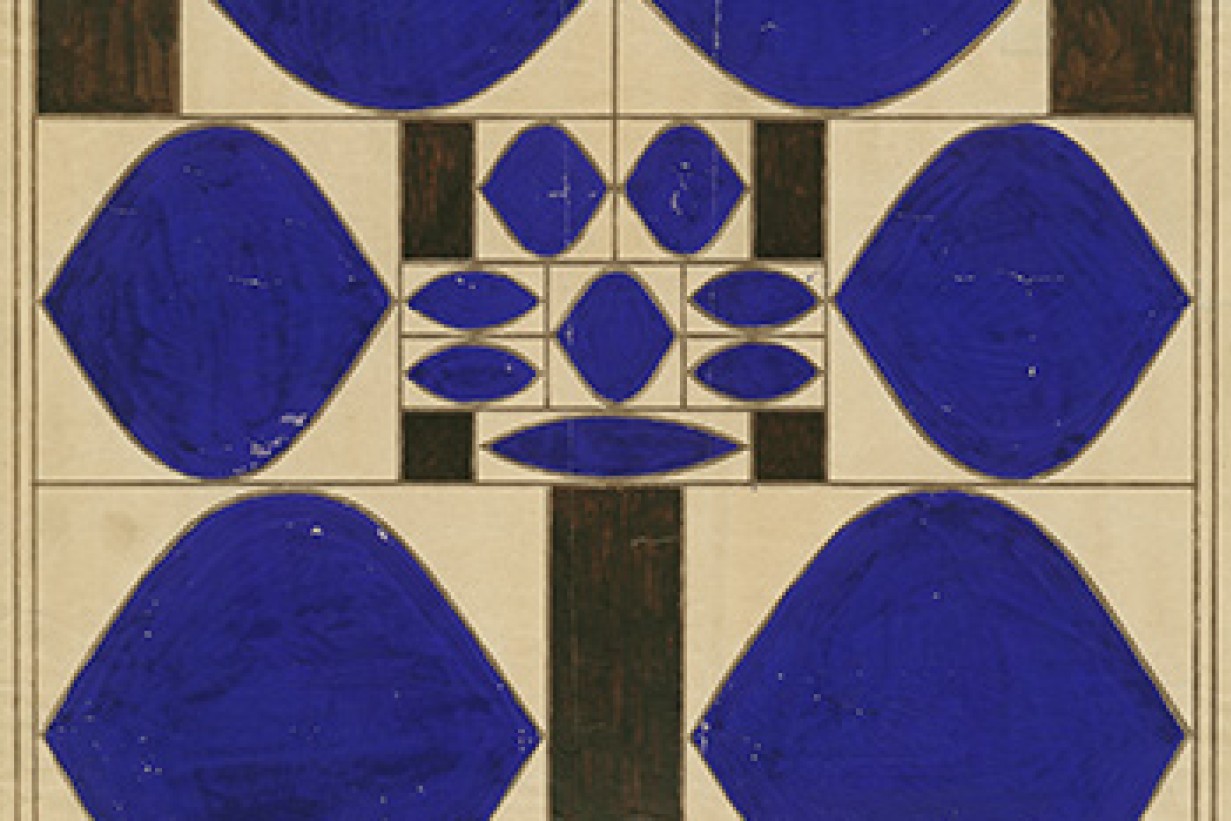
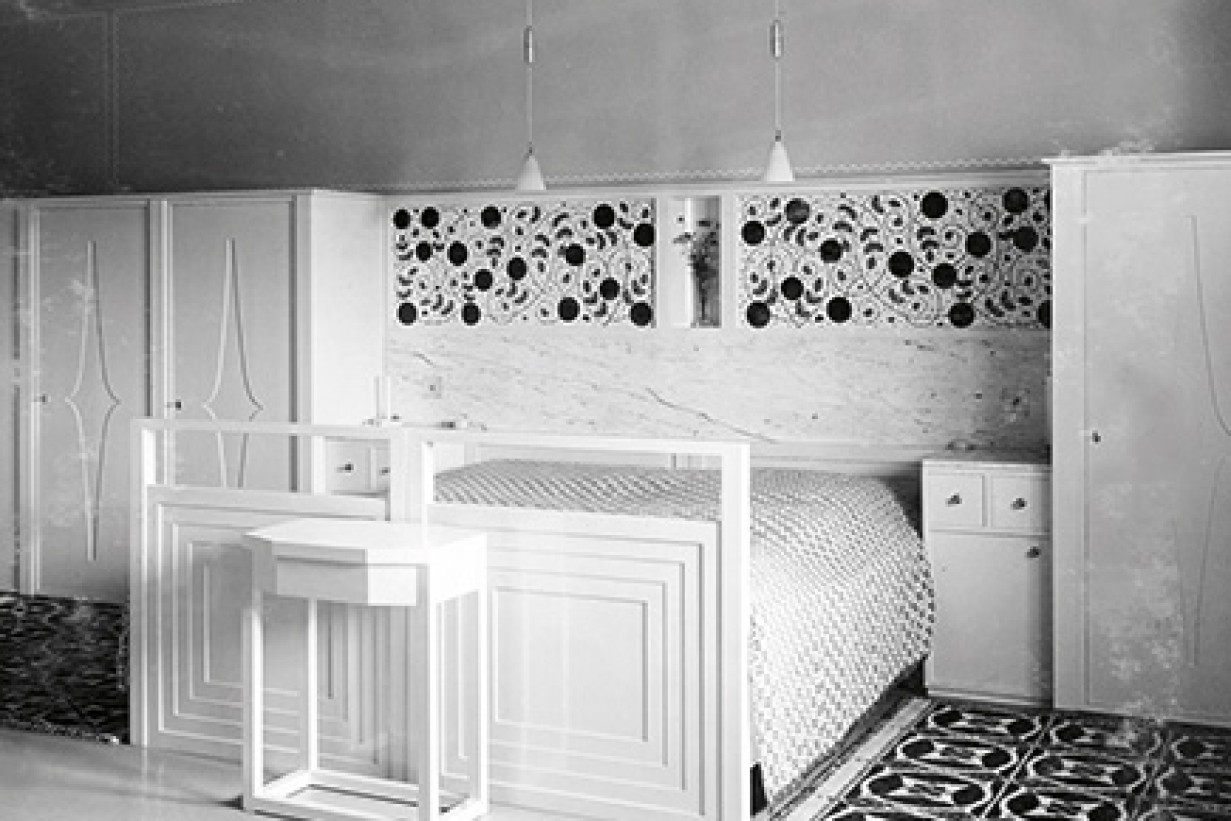
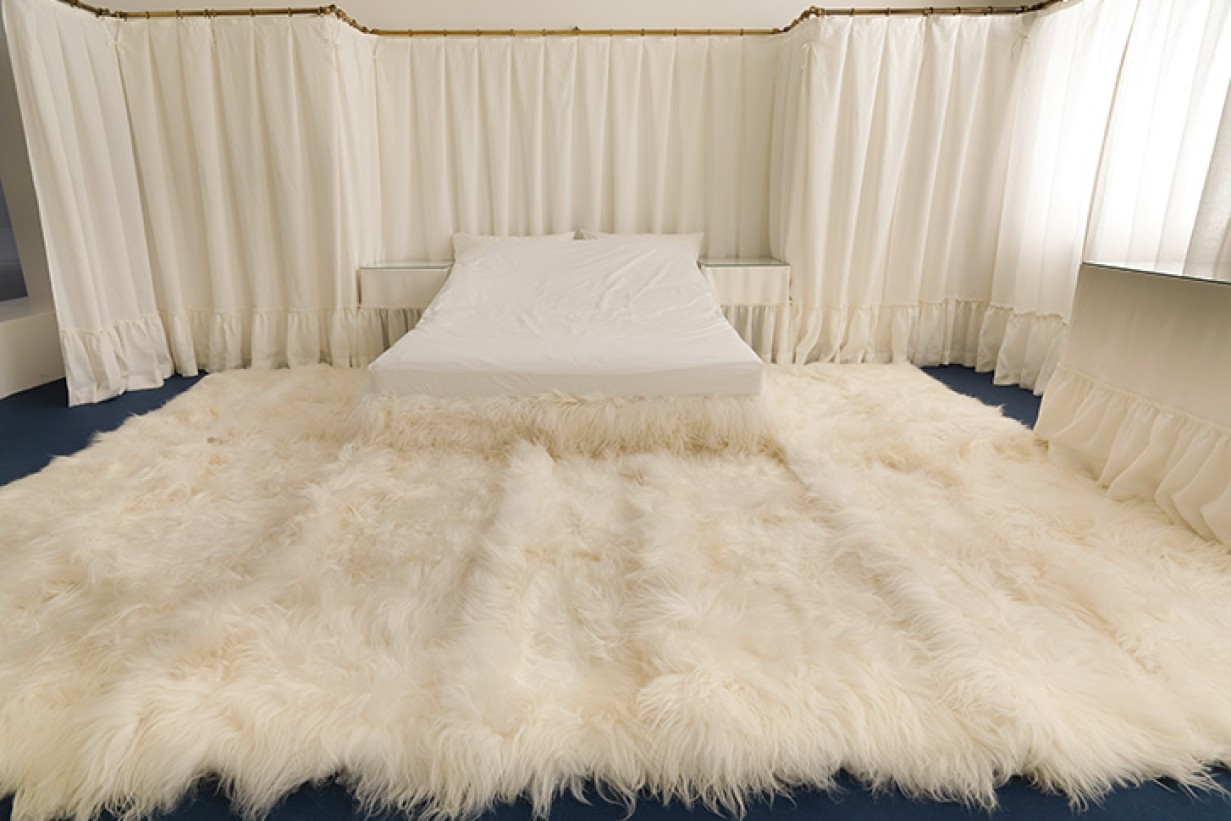
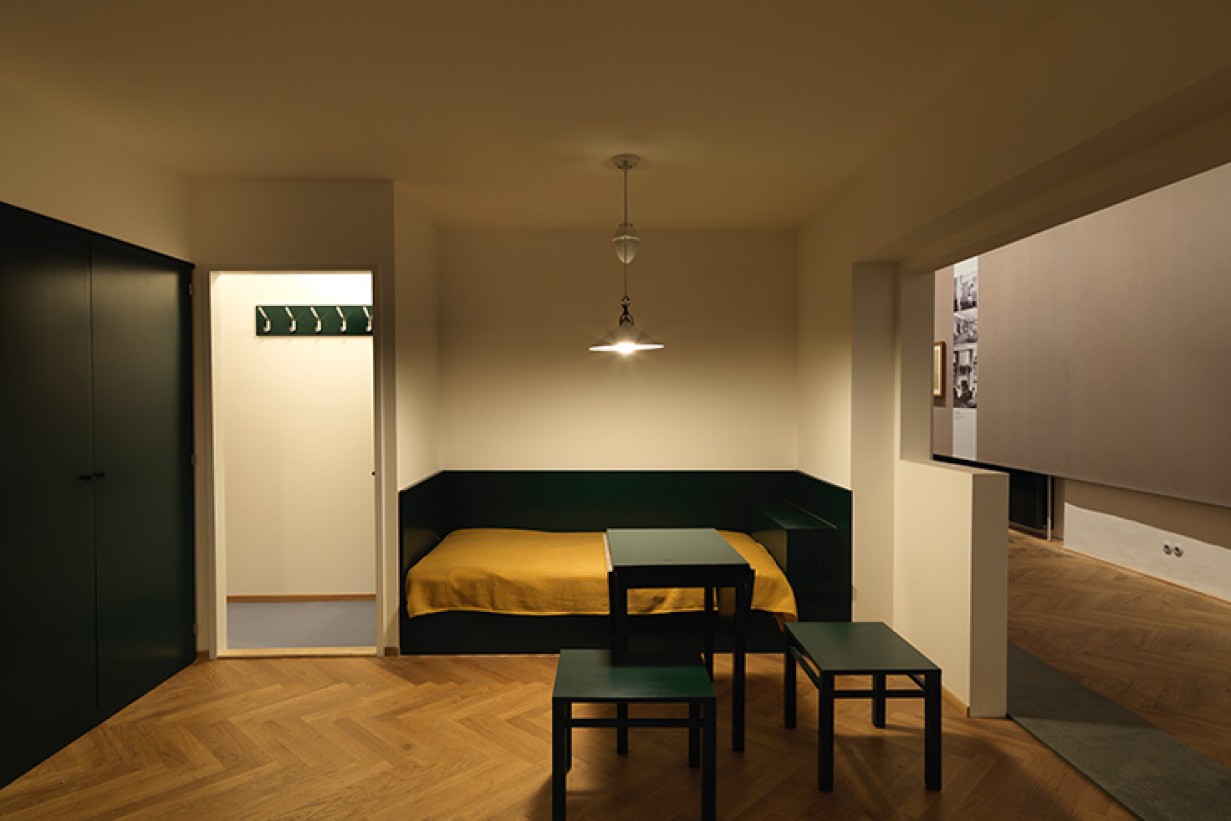
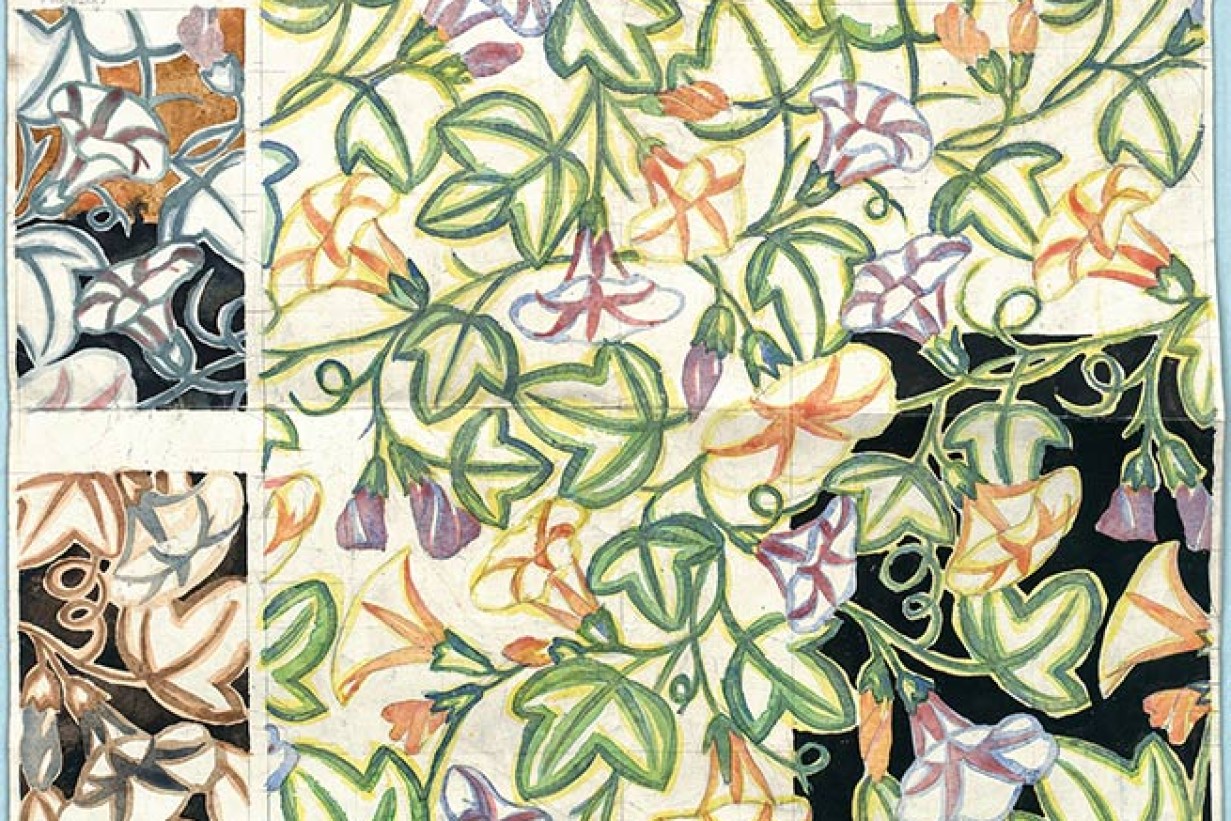
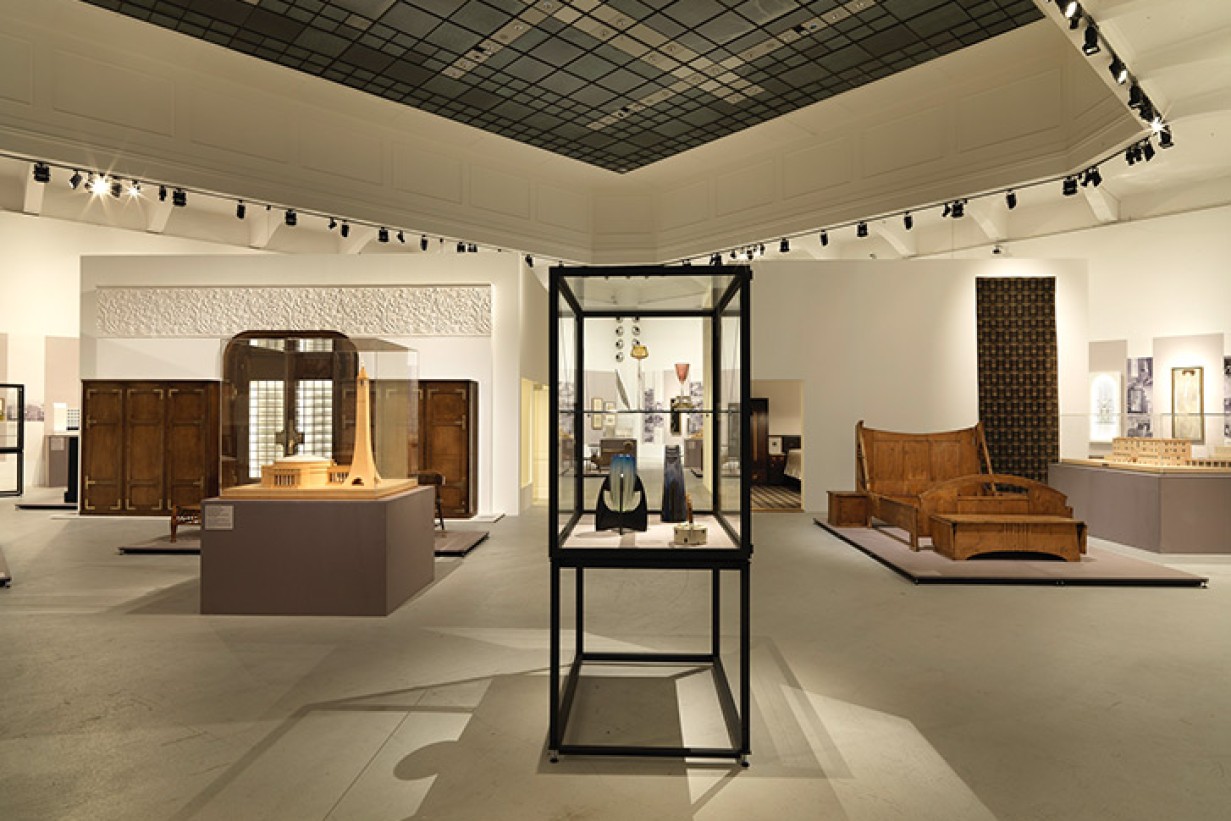
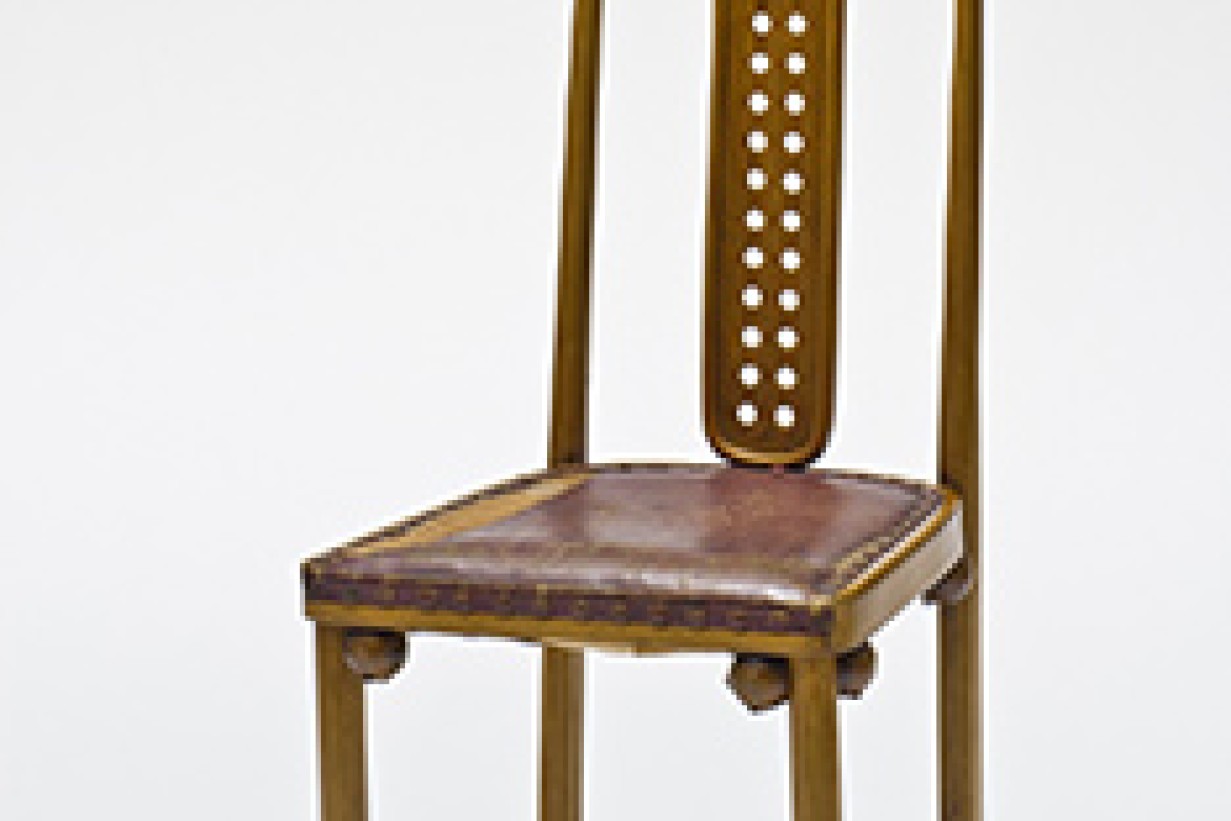
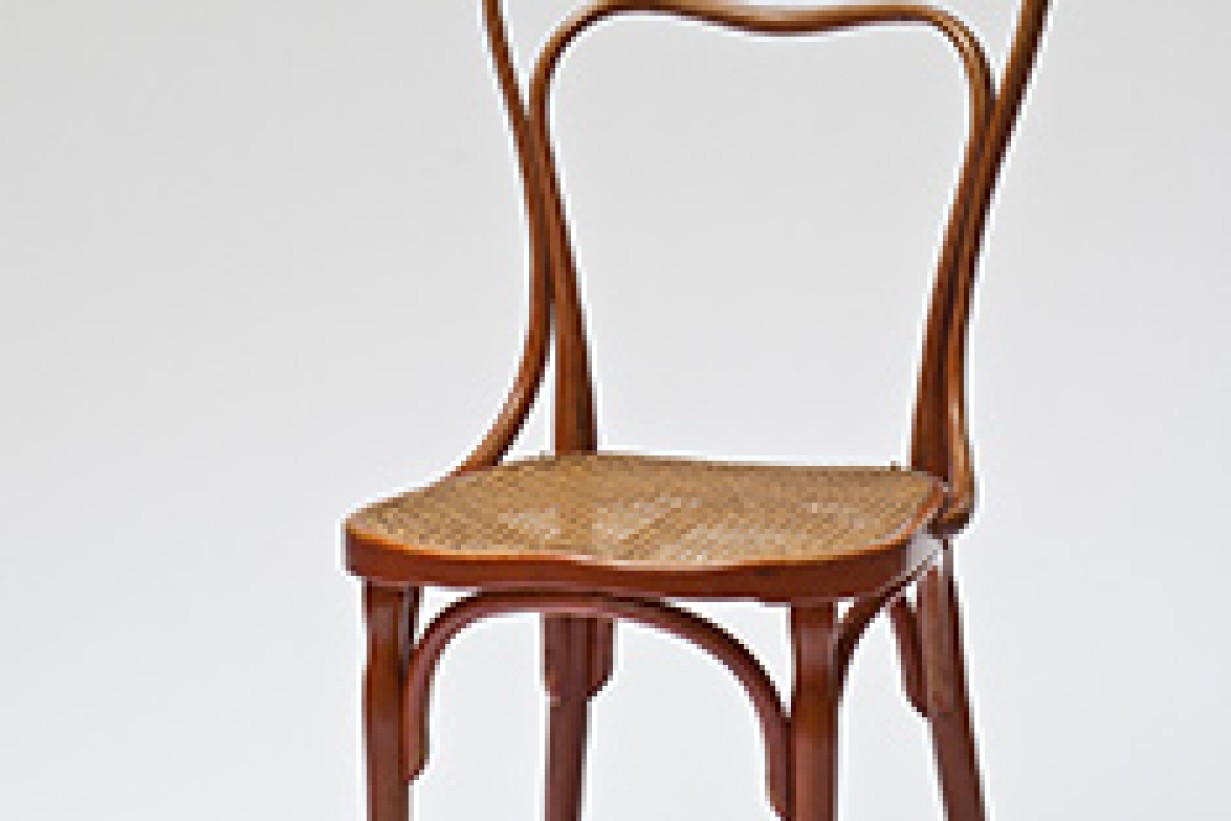
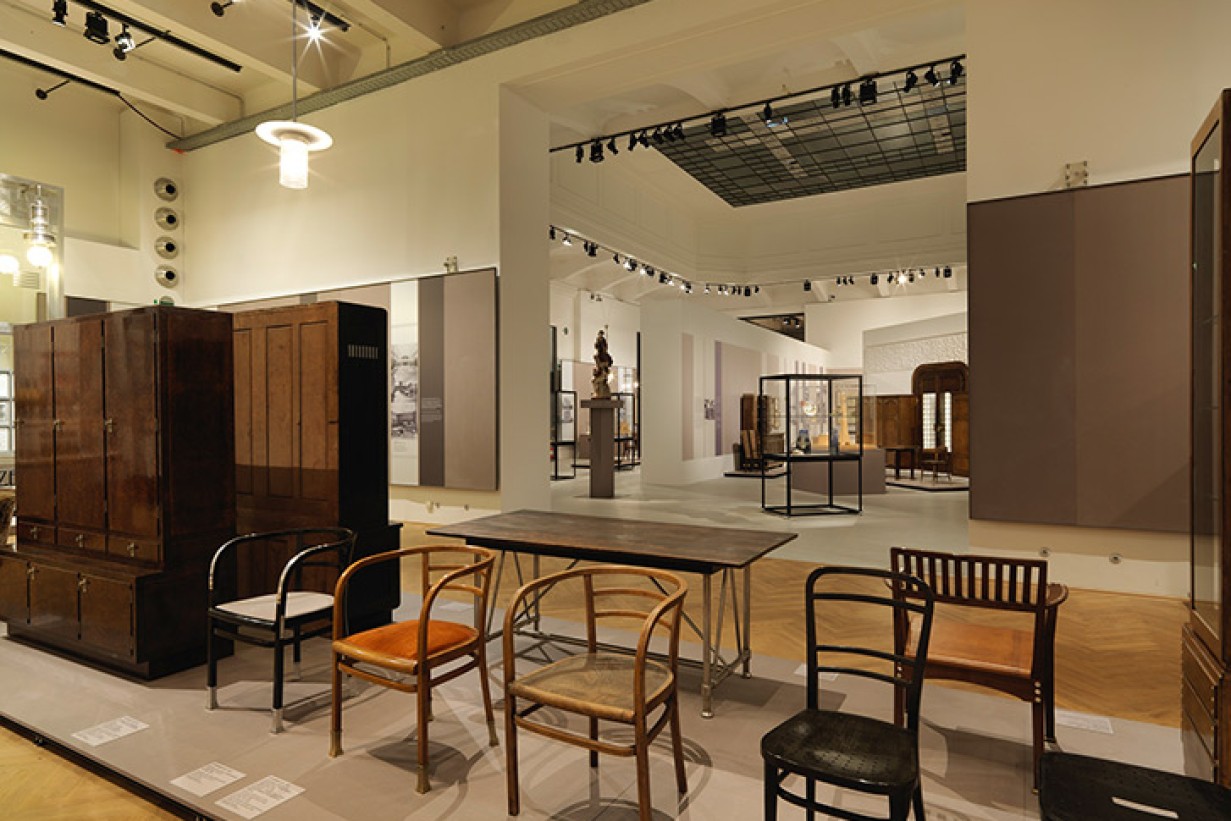
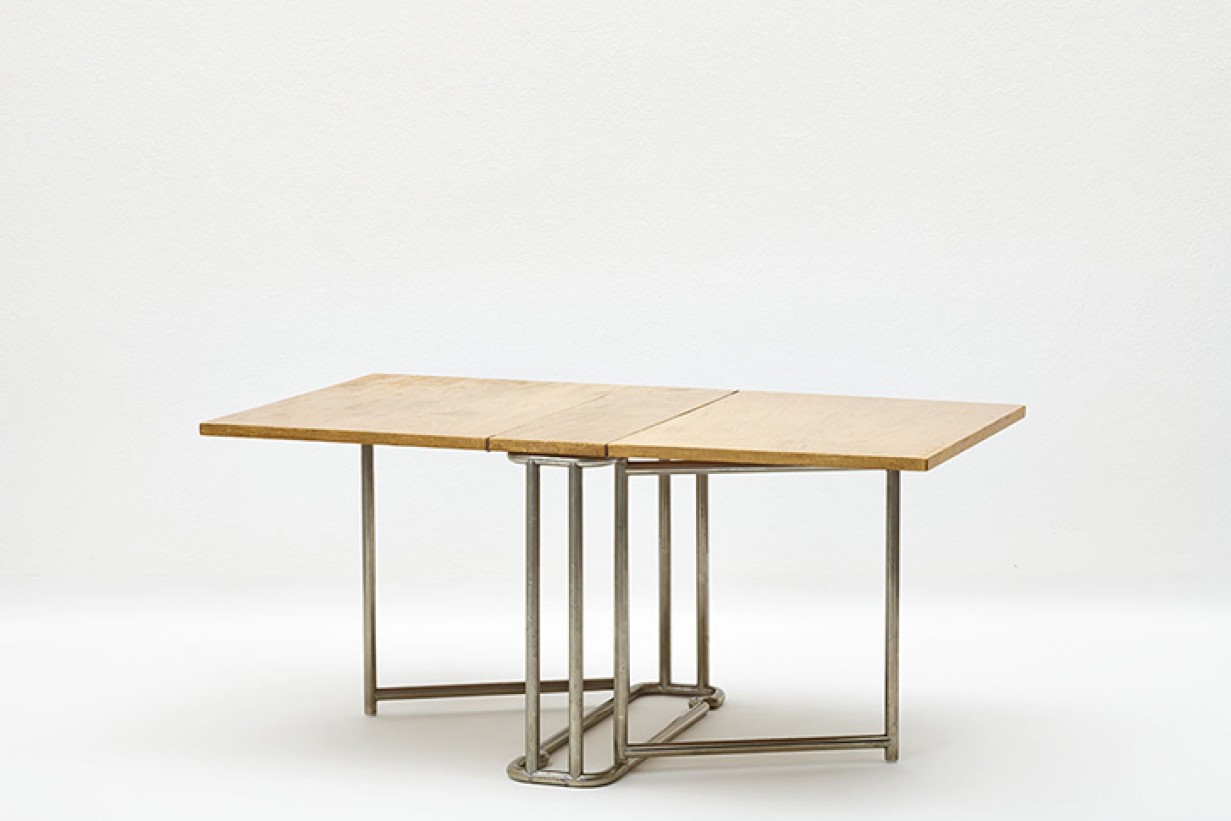
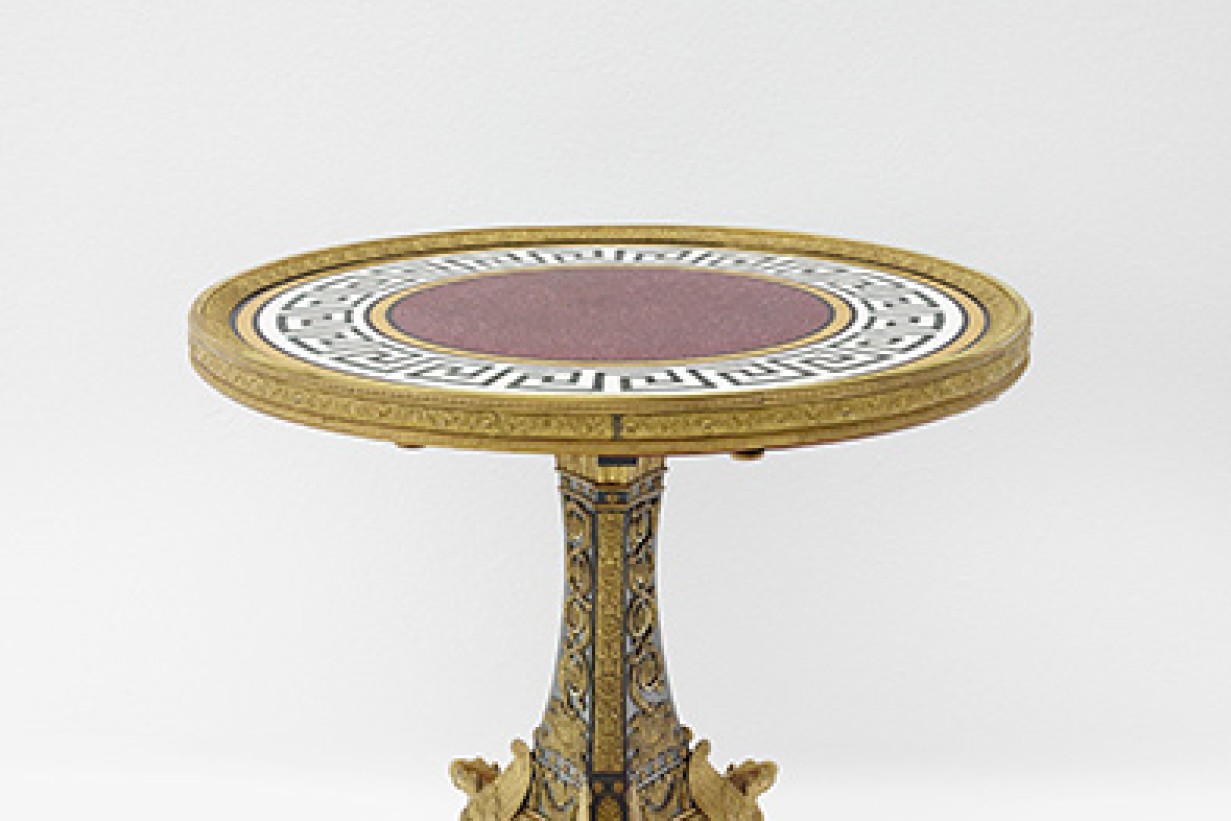
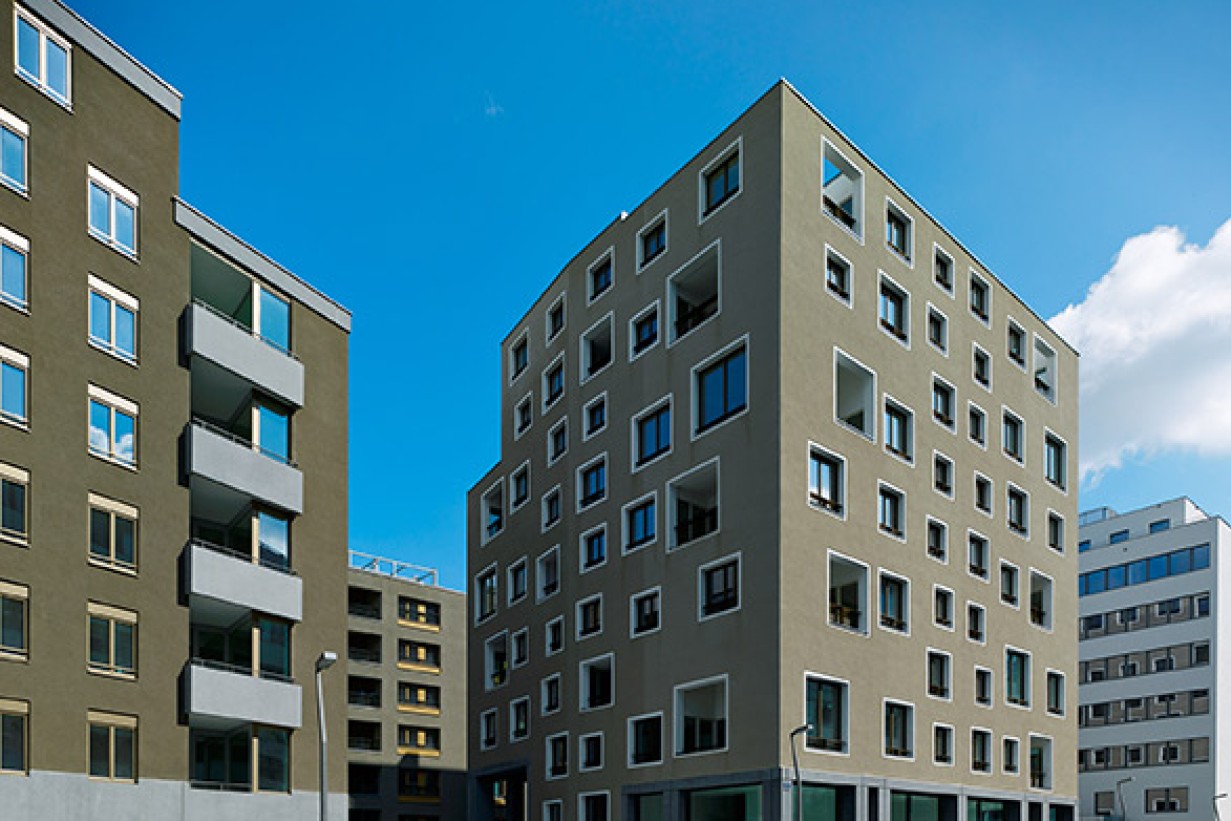
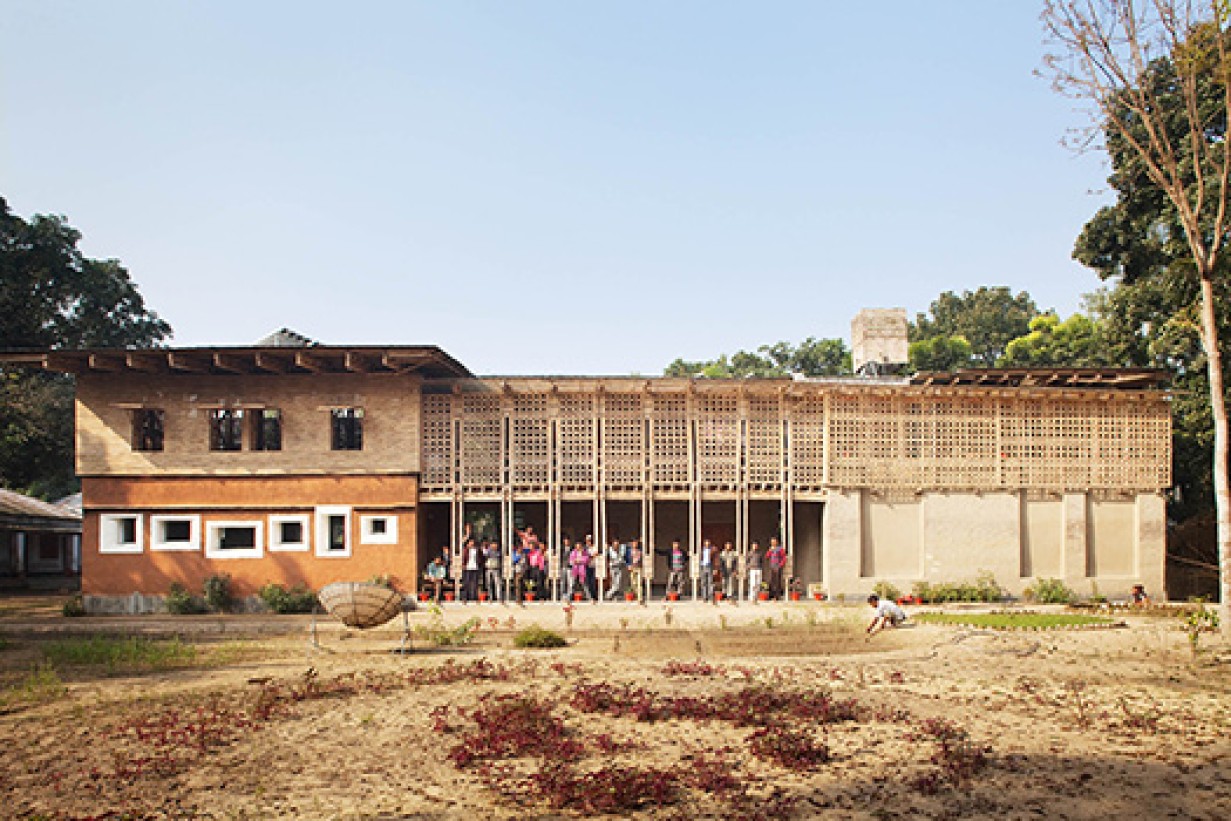
Previous Image
Media
Exhibition View
In the middle: Adolf Loos, The Chicago Tribune Column, Chicago, Michigan Avenue, Austin Avenue, St. Clair Street, Project, 1922; Model of the building corpus and facade, scale 1:50; Reconstruction/scale model 1984/85 by Hans Hollein, Gerhard Jäger, Günther Ströjnik, Liedl & Schindler; Wien Museum
Exhibition View
In the front: Otto Wagner, Façade reconstruction of the “Die Zeit” dispatch office, 1902. Following plans by Alfred Krischanitz and Otto Kapfinger, 1985, Wien Museum
Exhibition View
Adolf Loos, Bedroom in the Lina and Adolf Loos apartment, Vienna, 1st district, Bösendorferstraße 3, 1903 (reconstruction by Hubmann – Vass, Architekten ZT)
Exhibition View
Margarete Schütte-Lihotzky, Working single woman’s apartment, floor plans of types, 1927–1928 (reconstruction)
Josef Hoffmann
Chair Model No. 322 for the dining room of the Purkersdorf Sanatorium, Vienna, 1904
Execution: J. & J. Kohn
Ernst A. Plischke
Drop-leaf table; shown at the Werkbund Exhibition in the Austrian Museum of Art and Industry, 1930; Execution: J. A. Wendl (locksmith) and Anton Kolbek (cabinetmaker); Ernst A. Plischke estate
